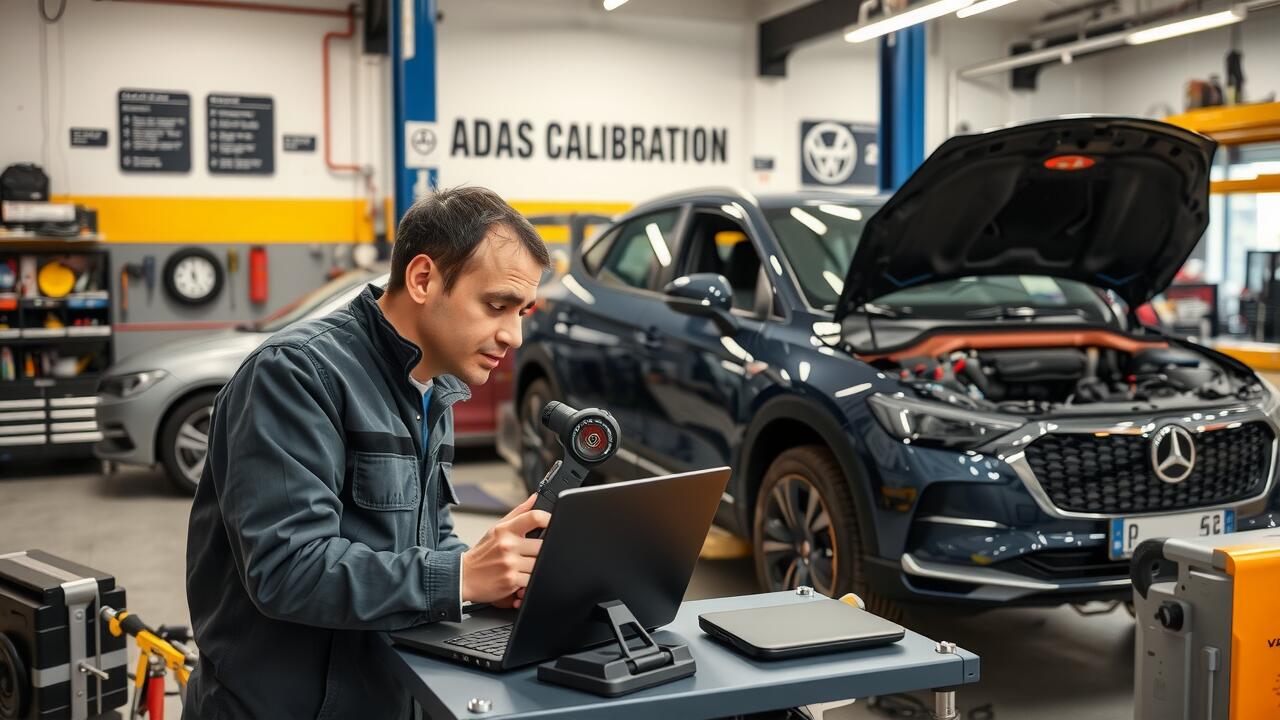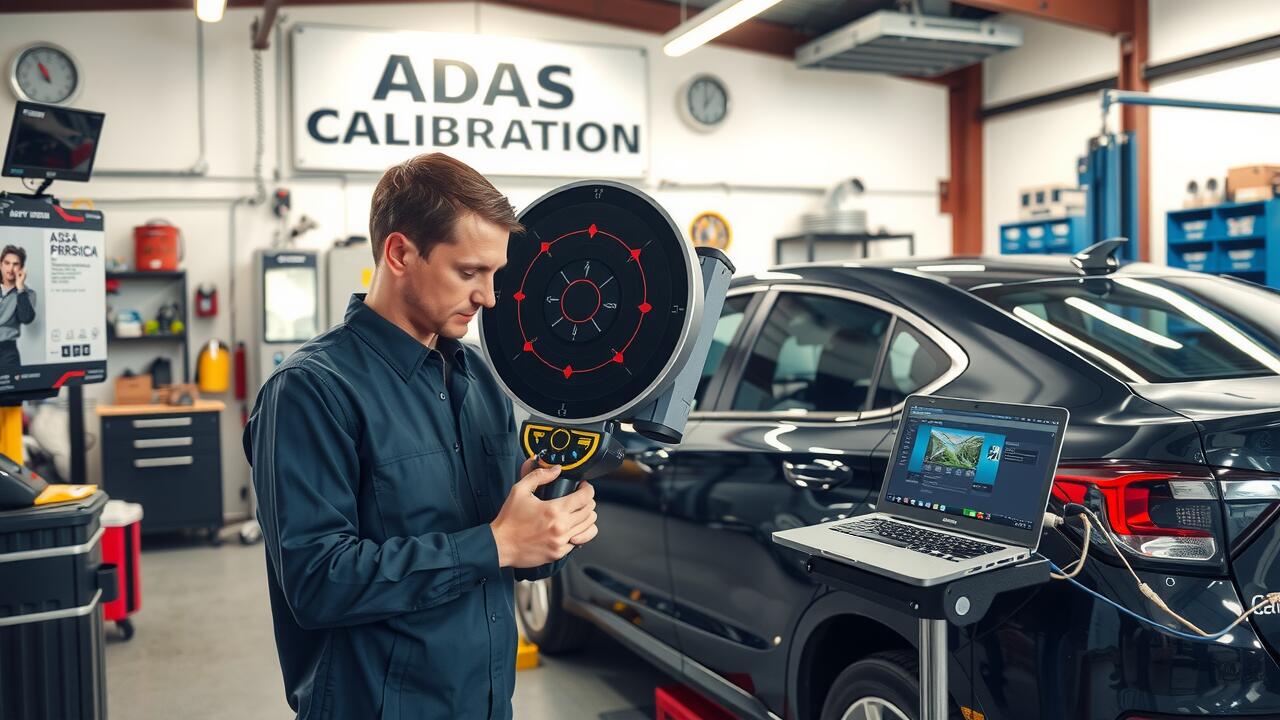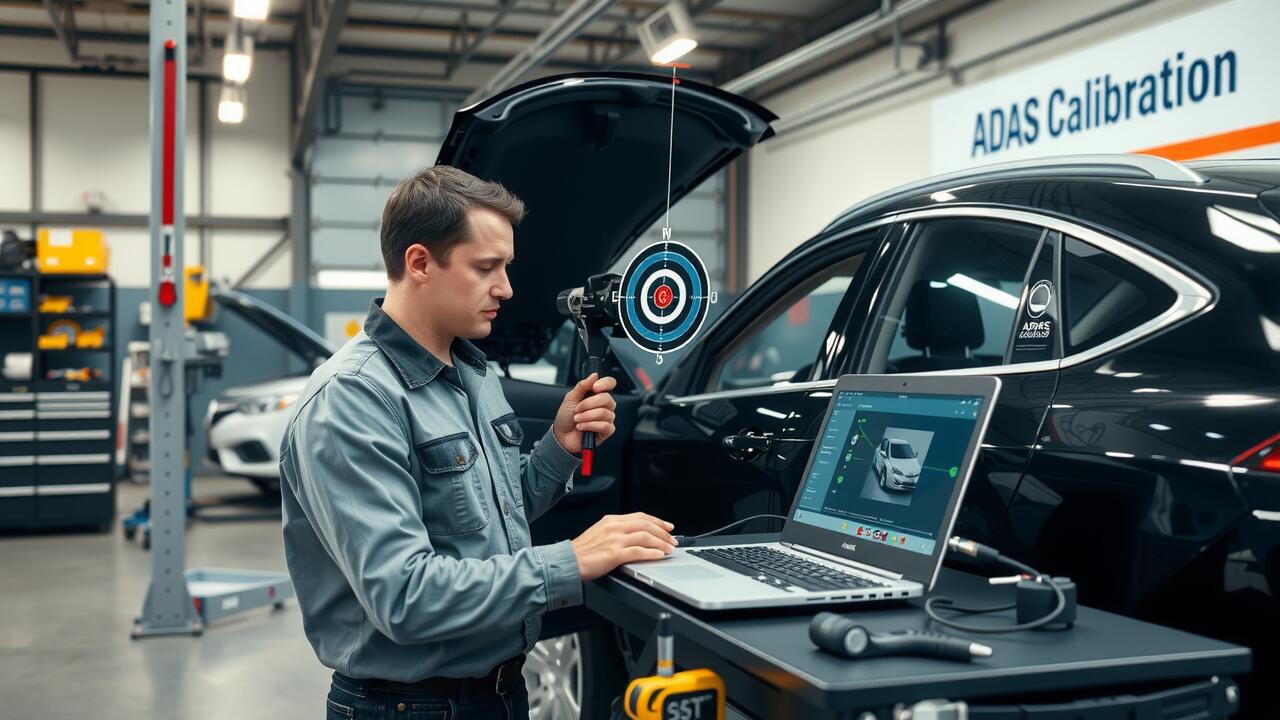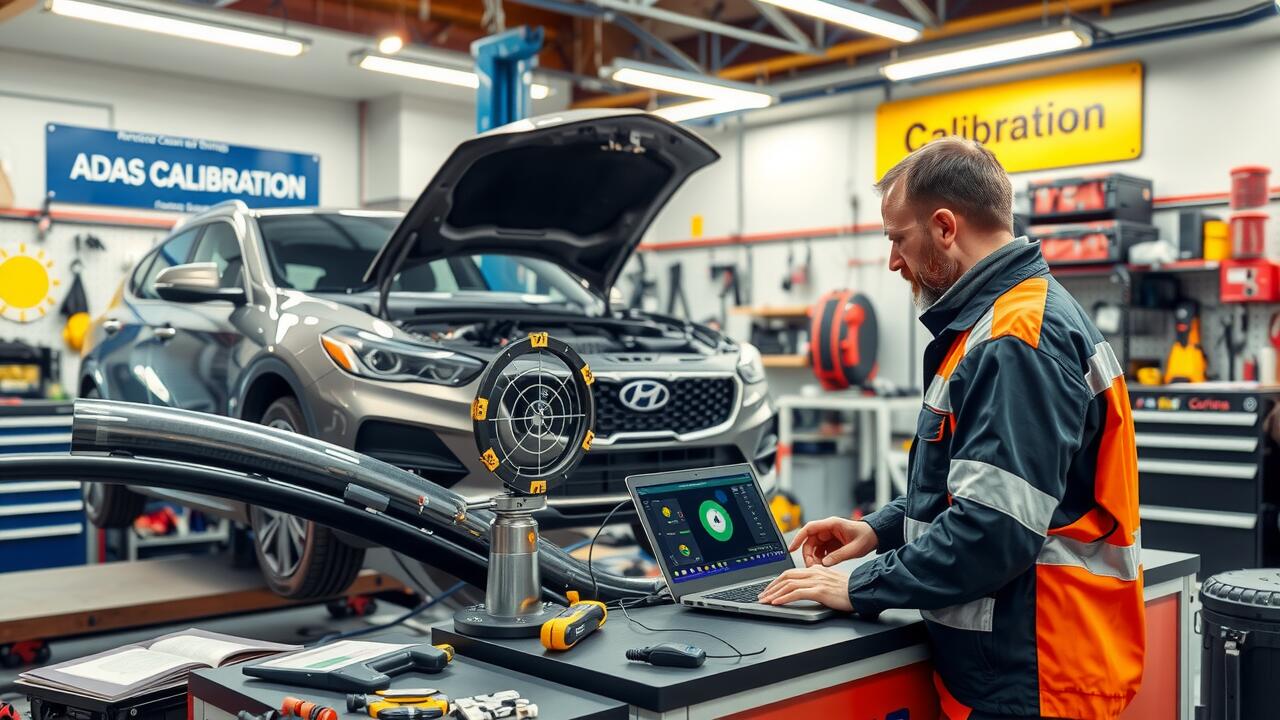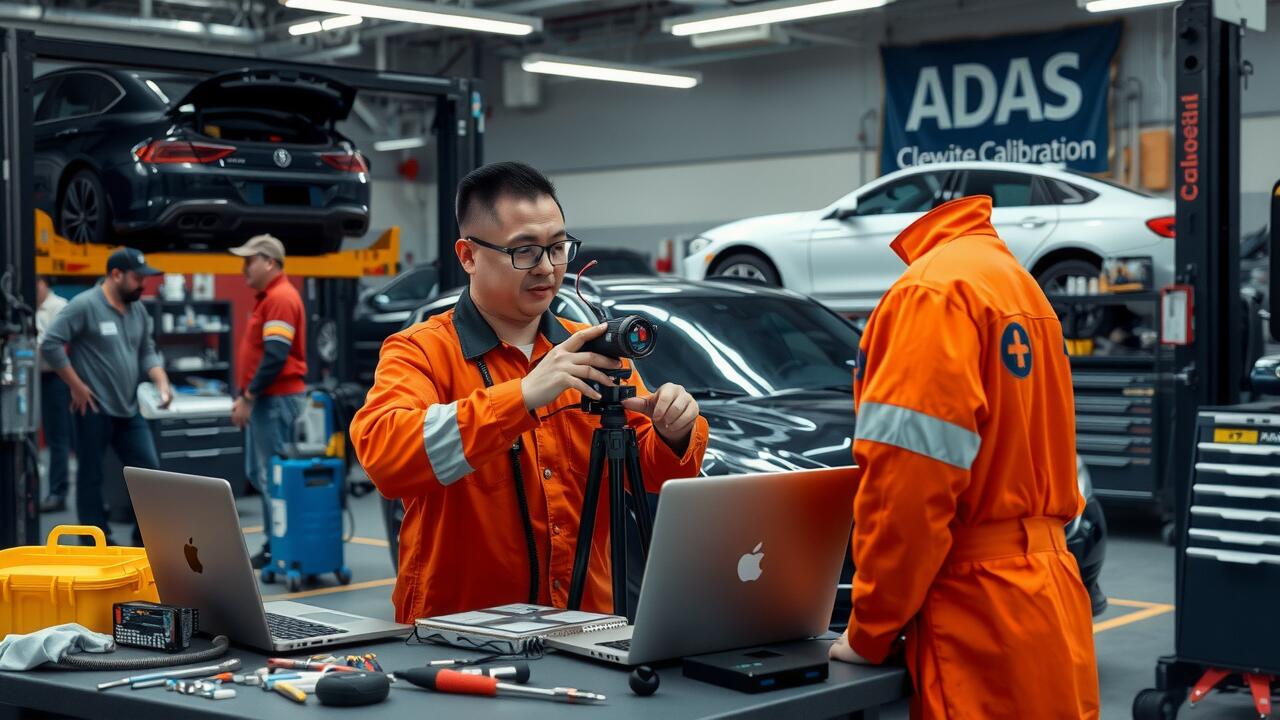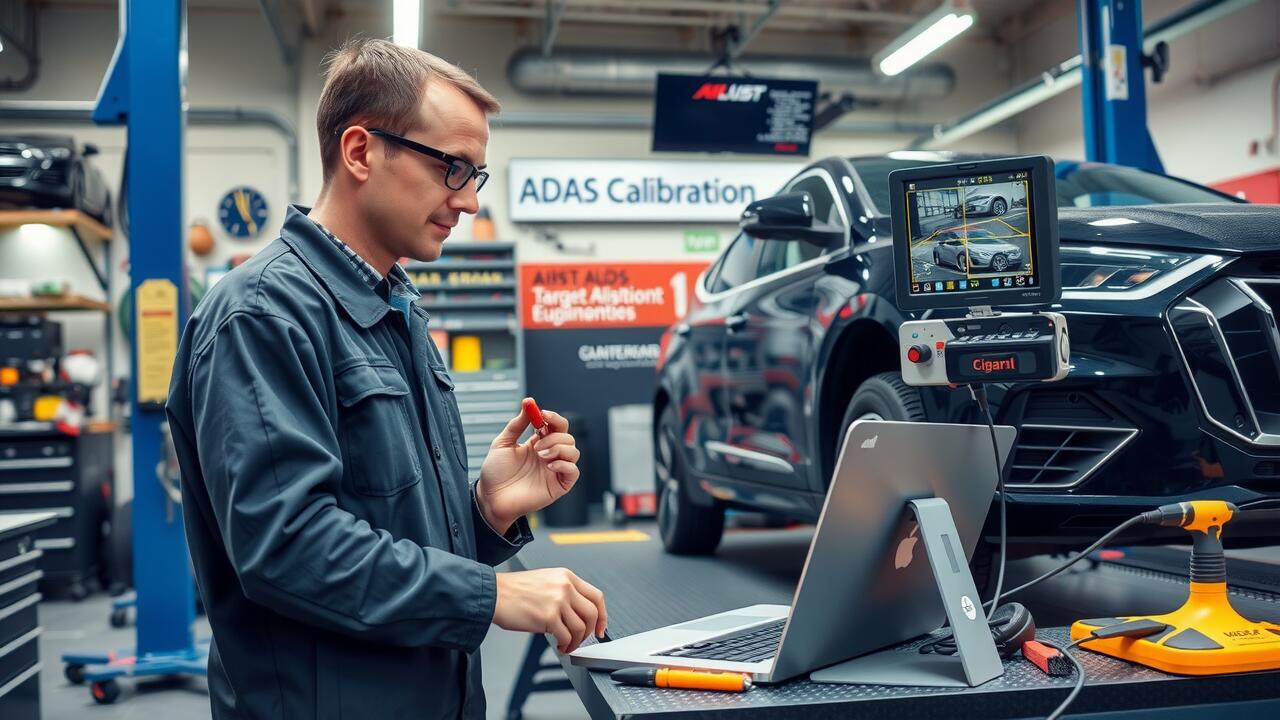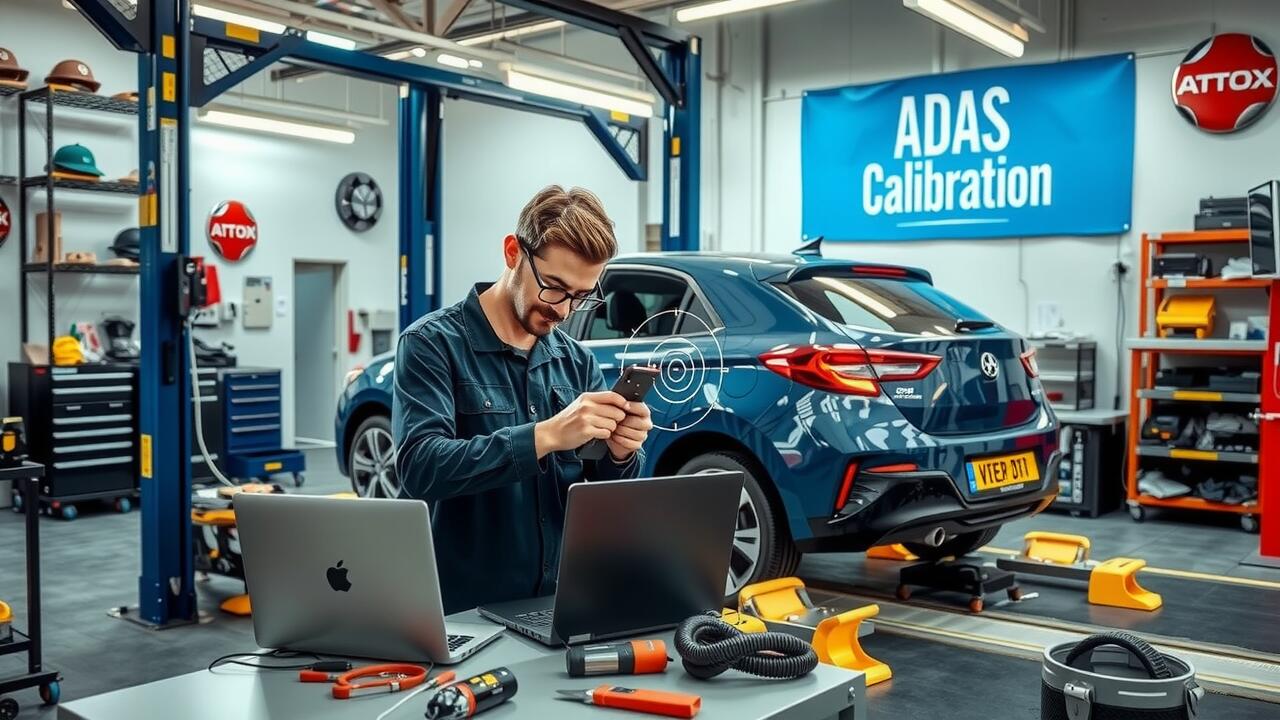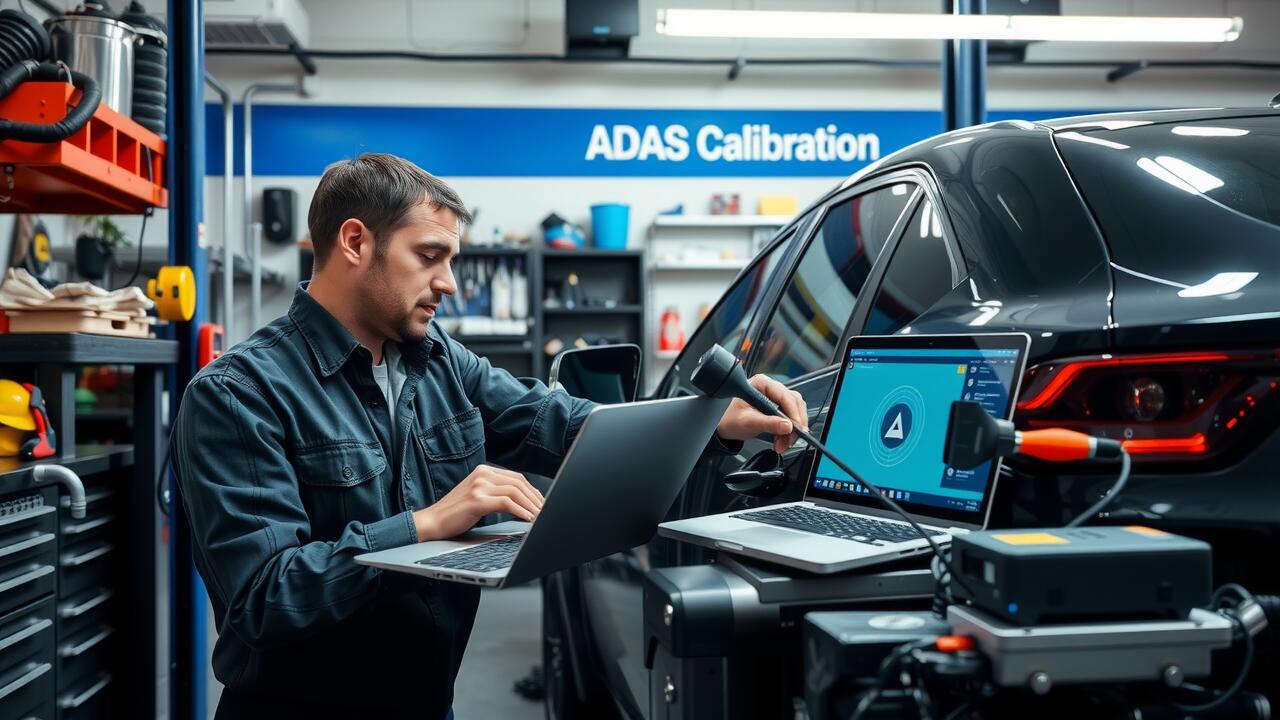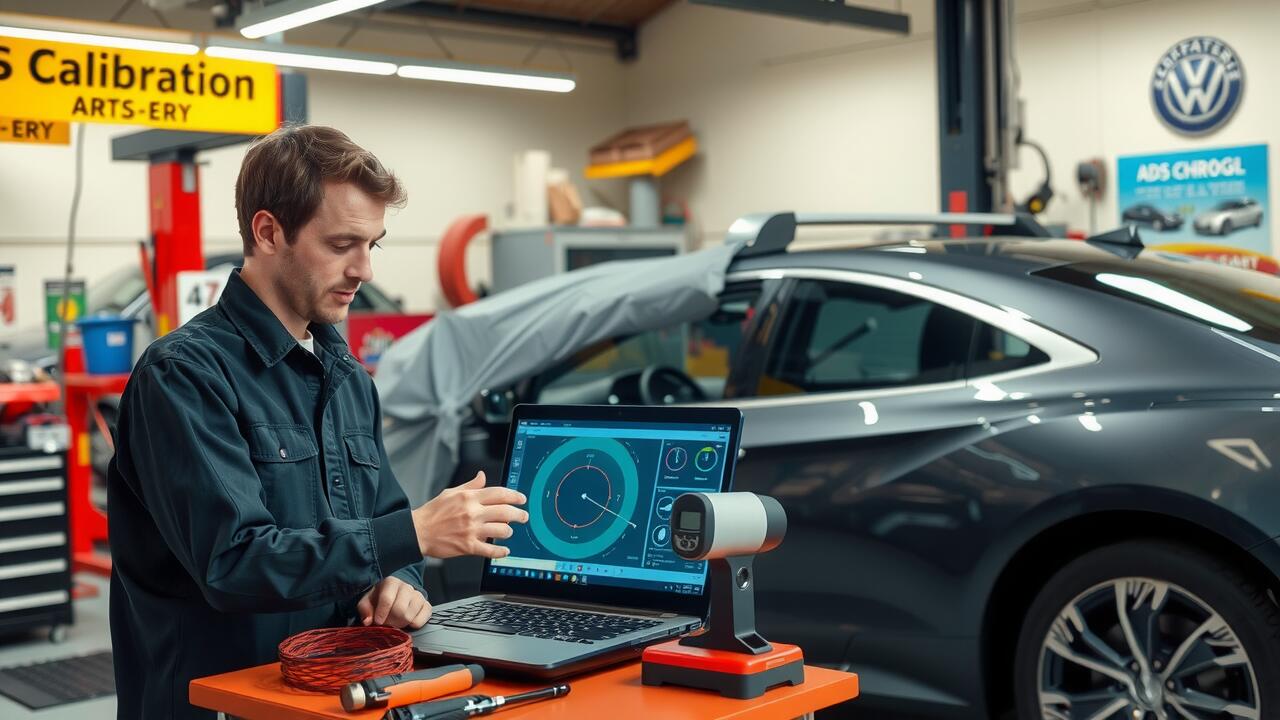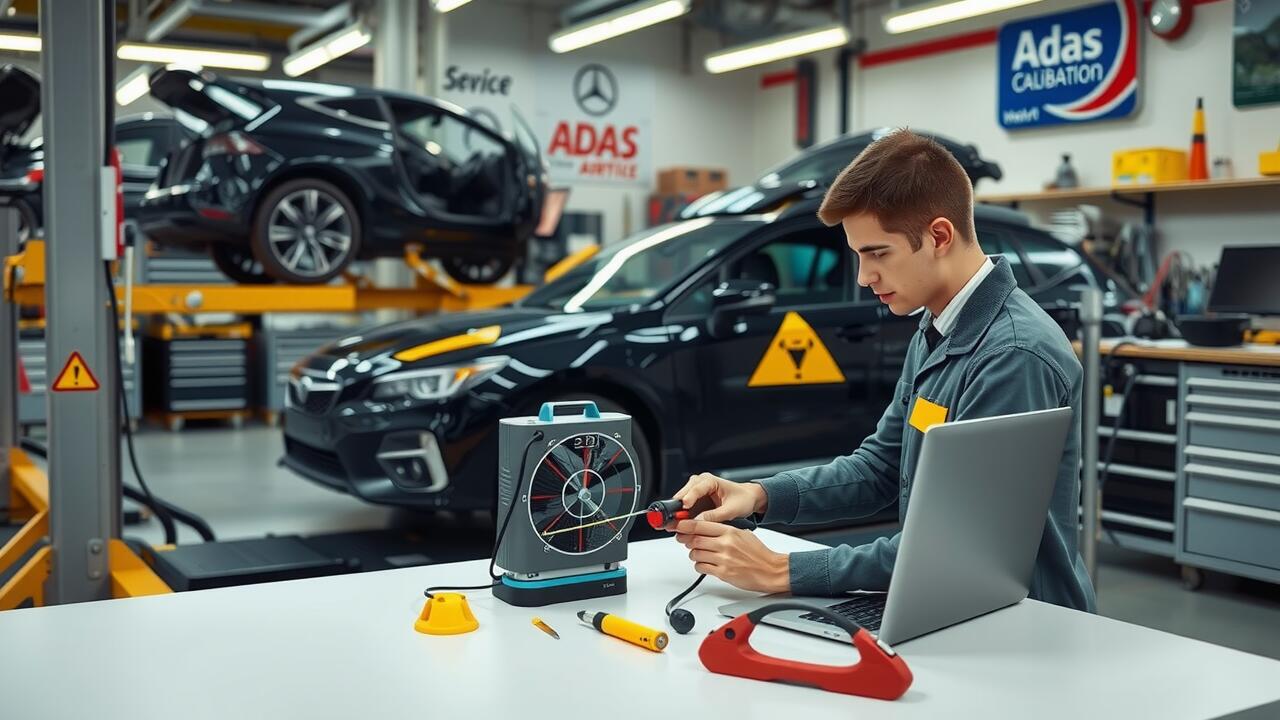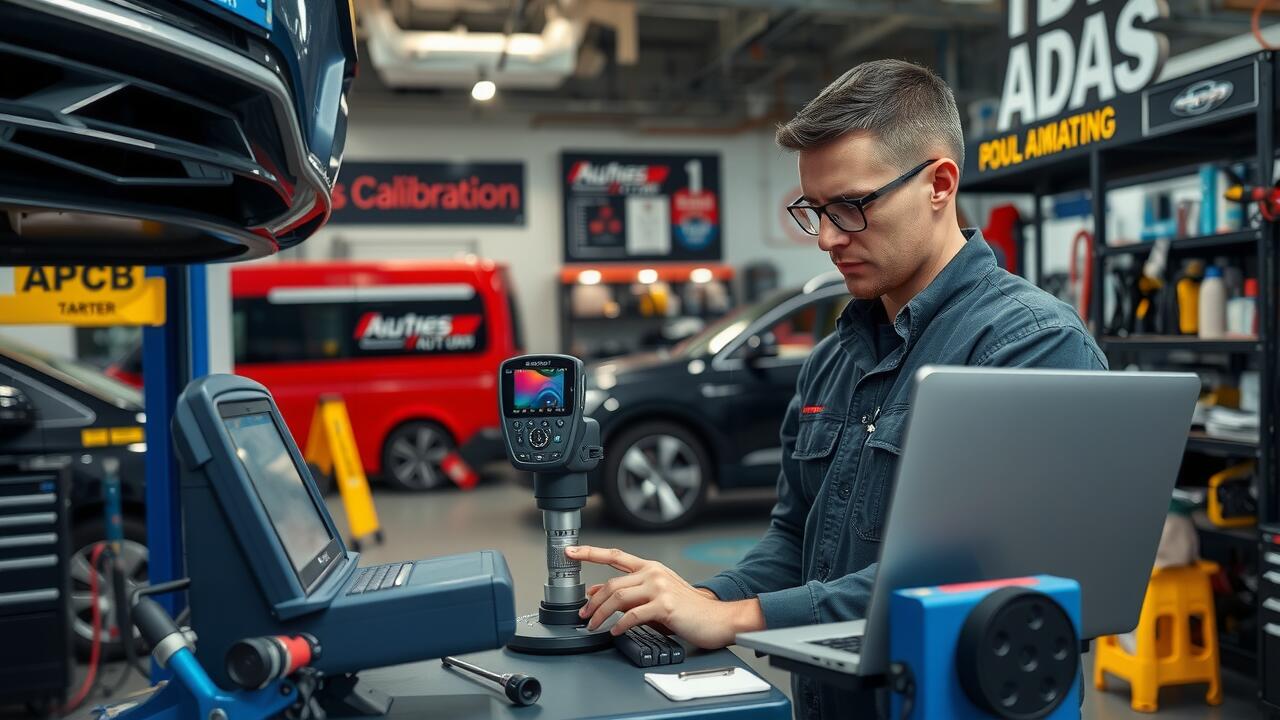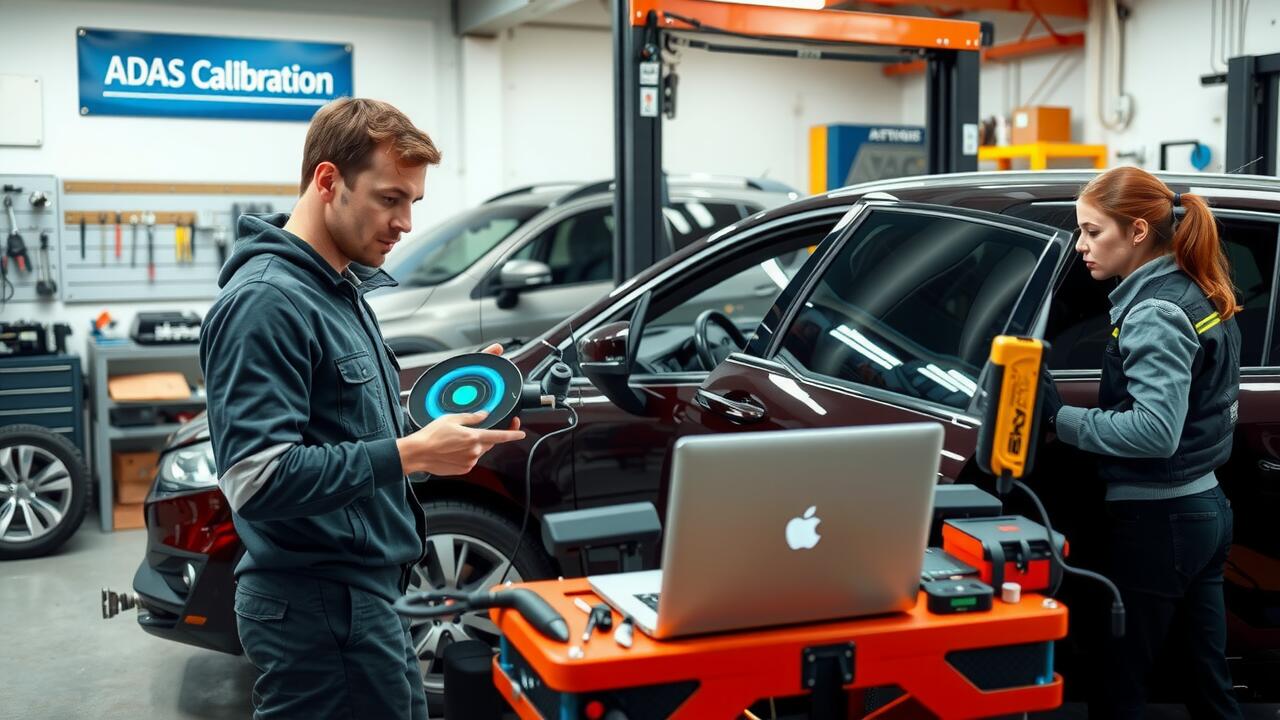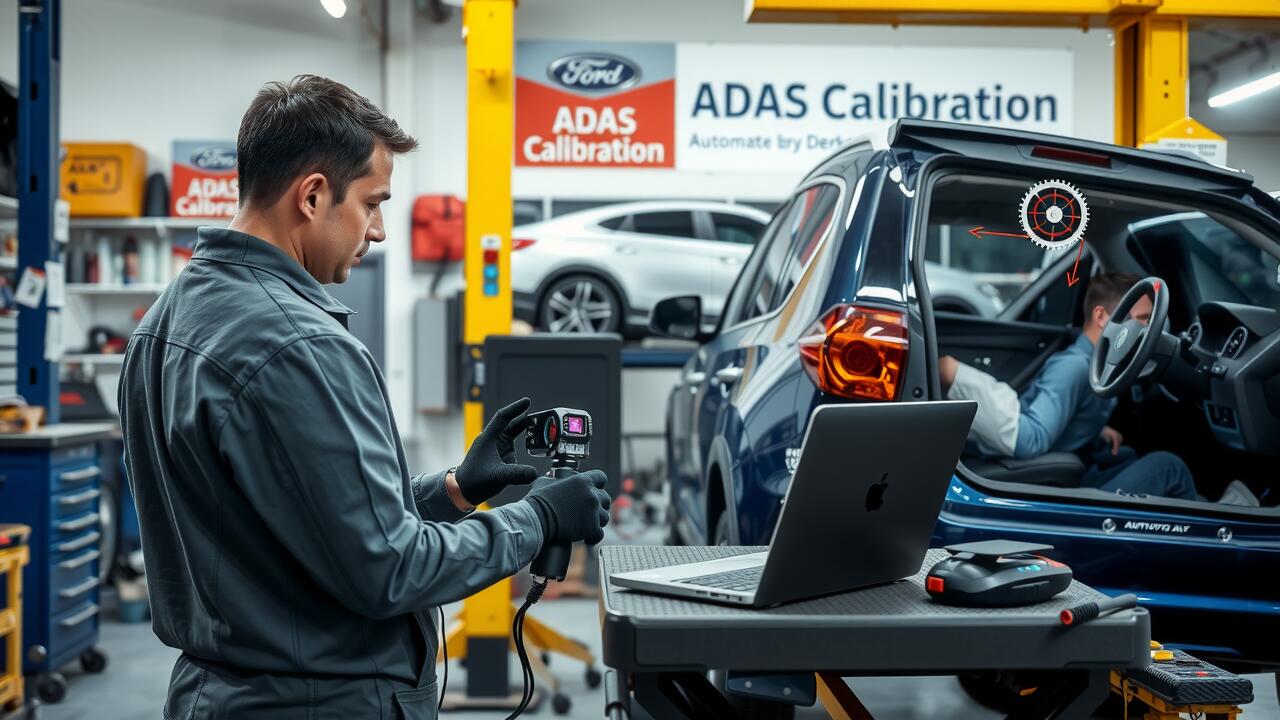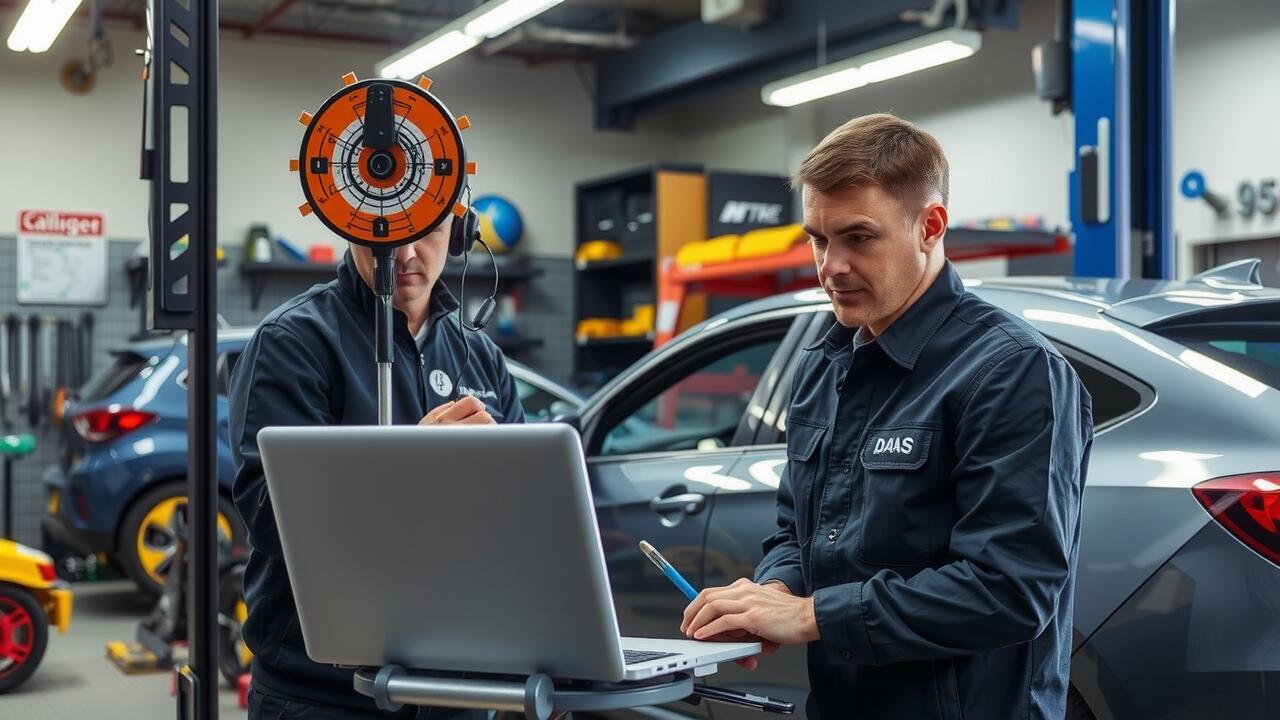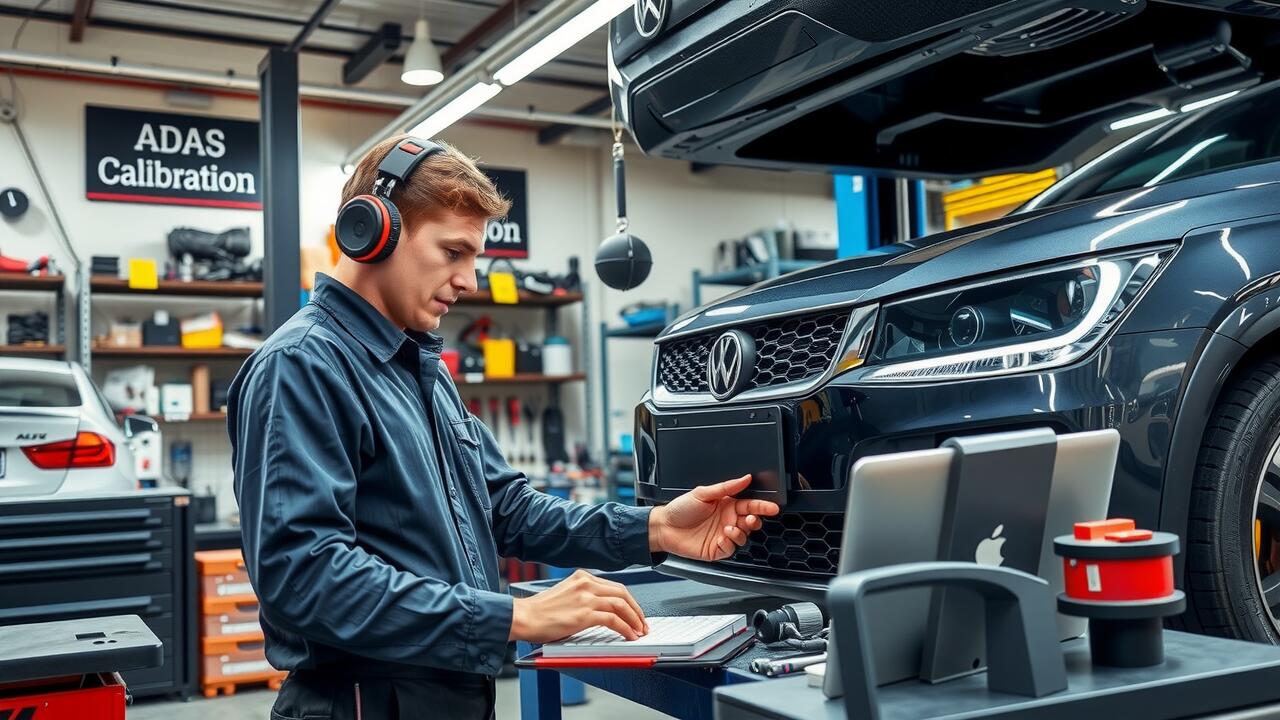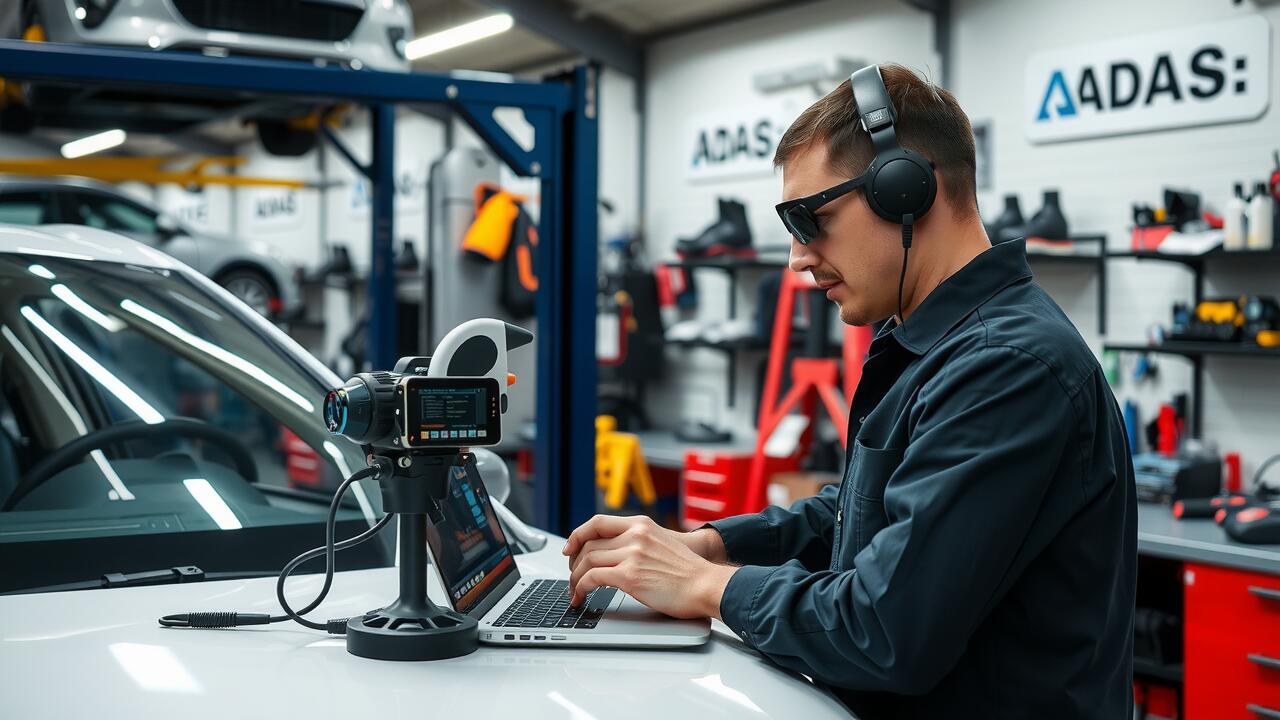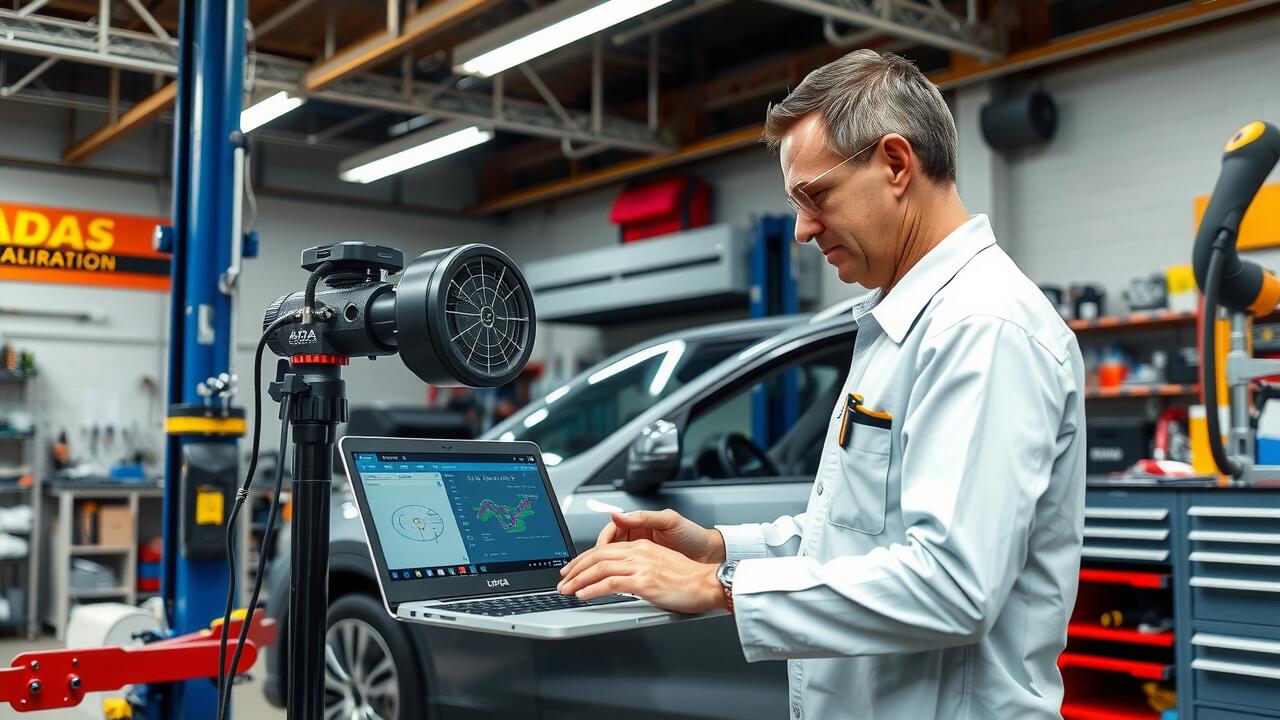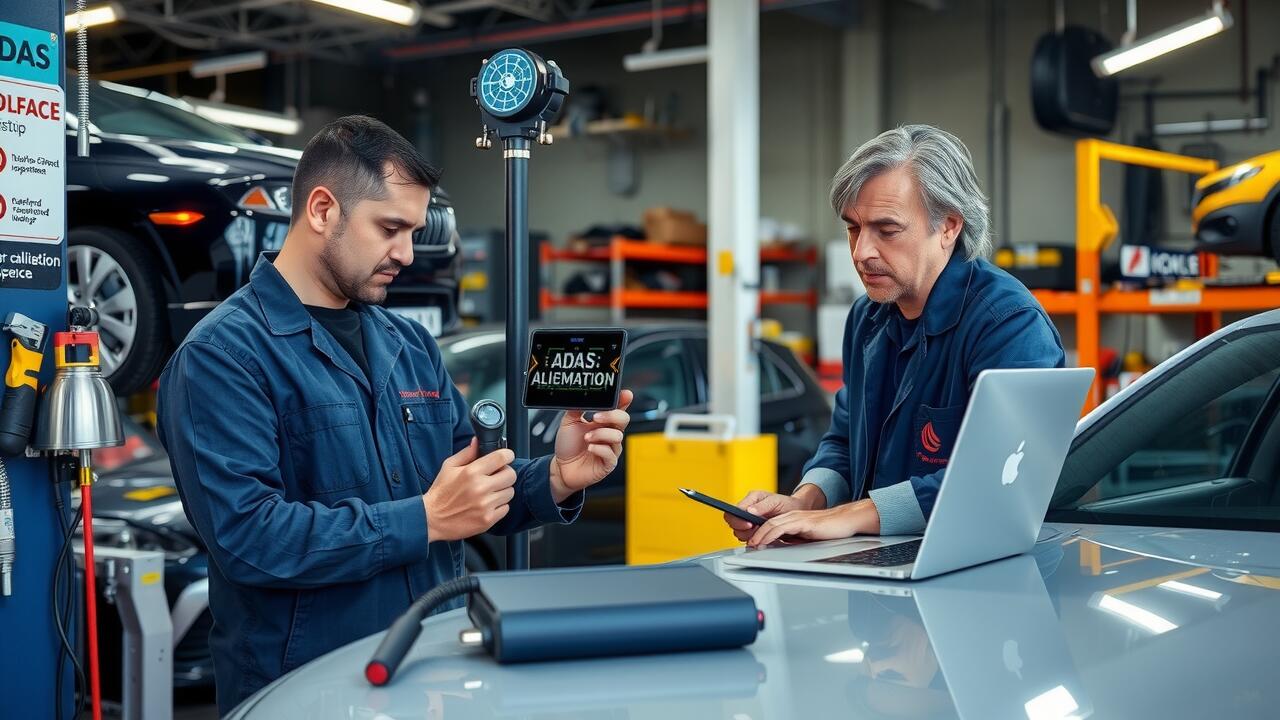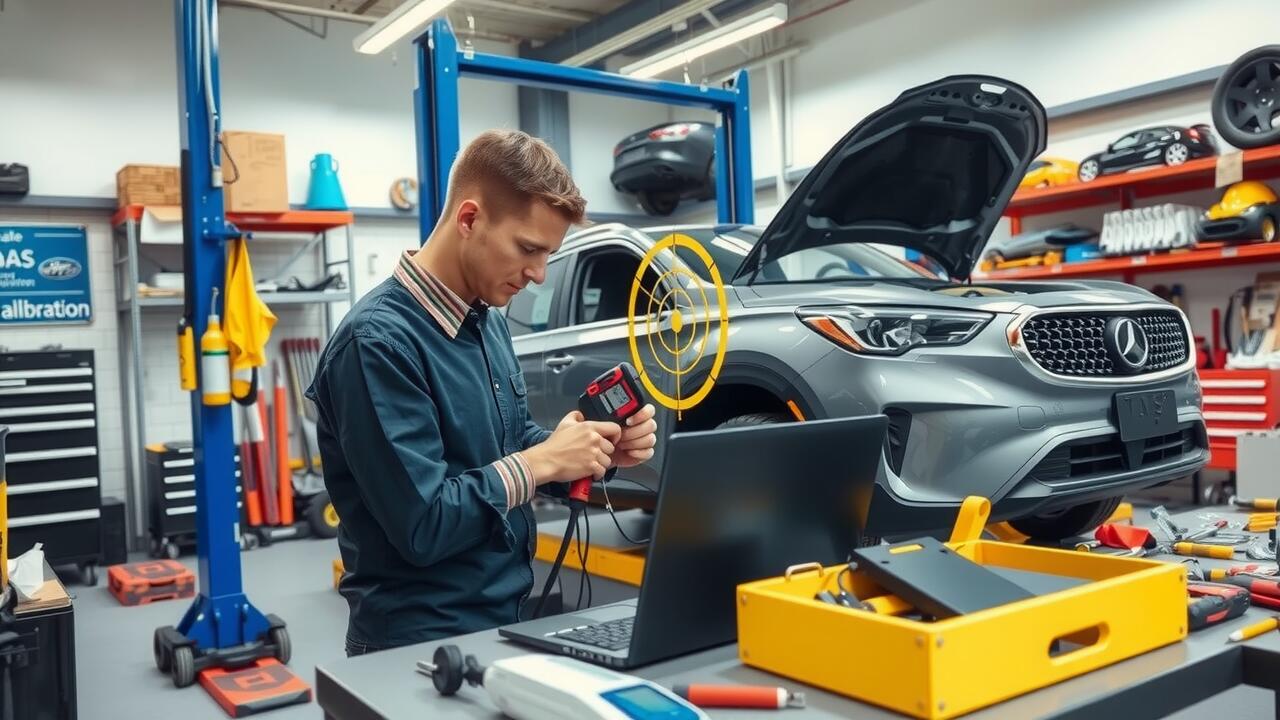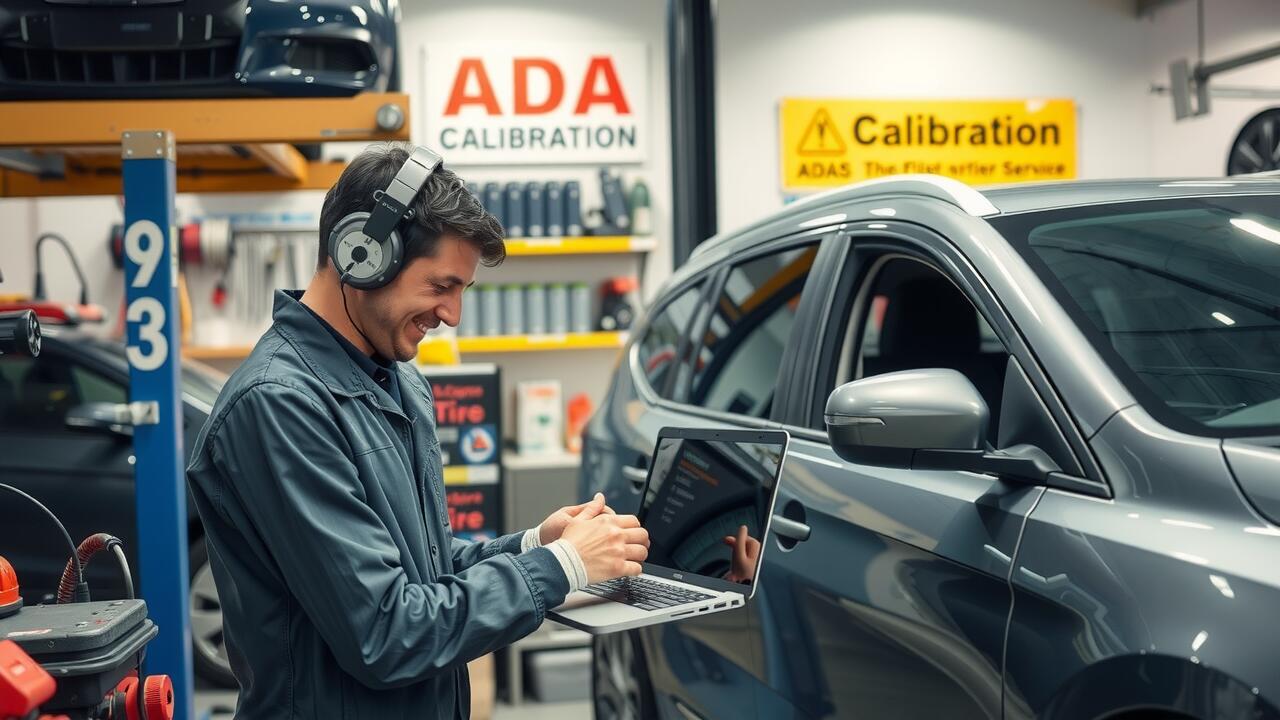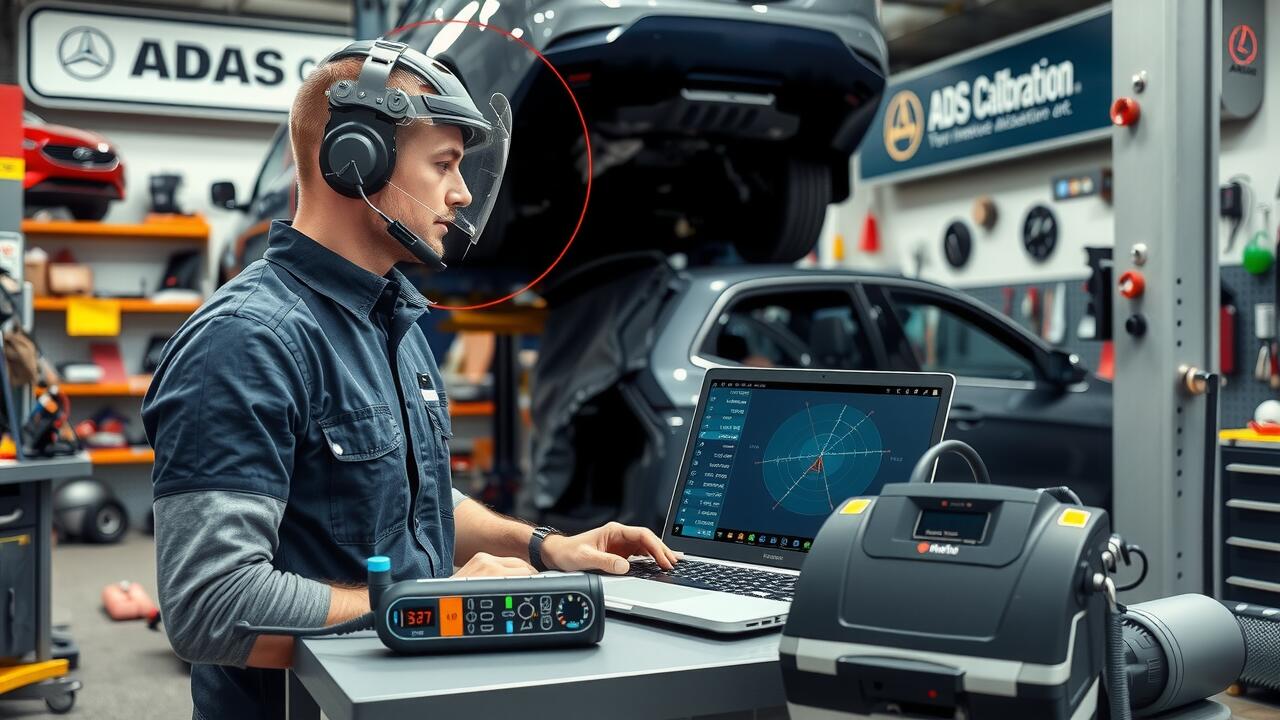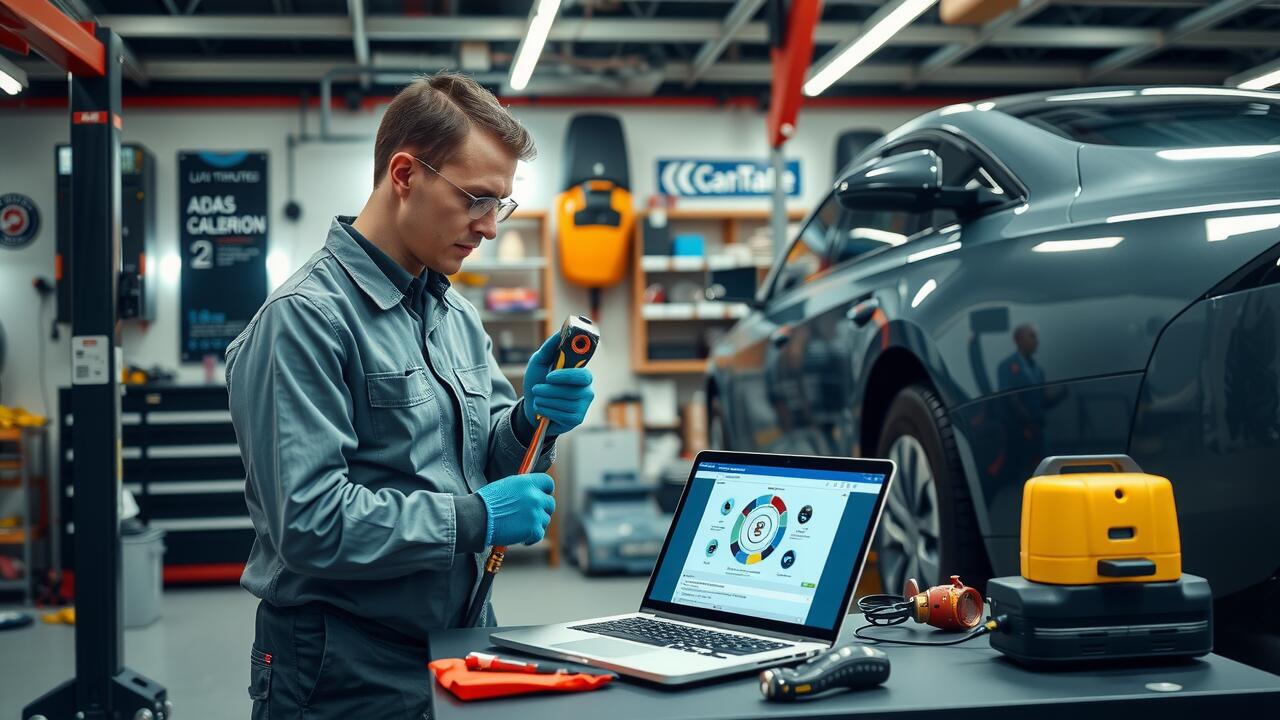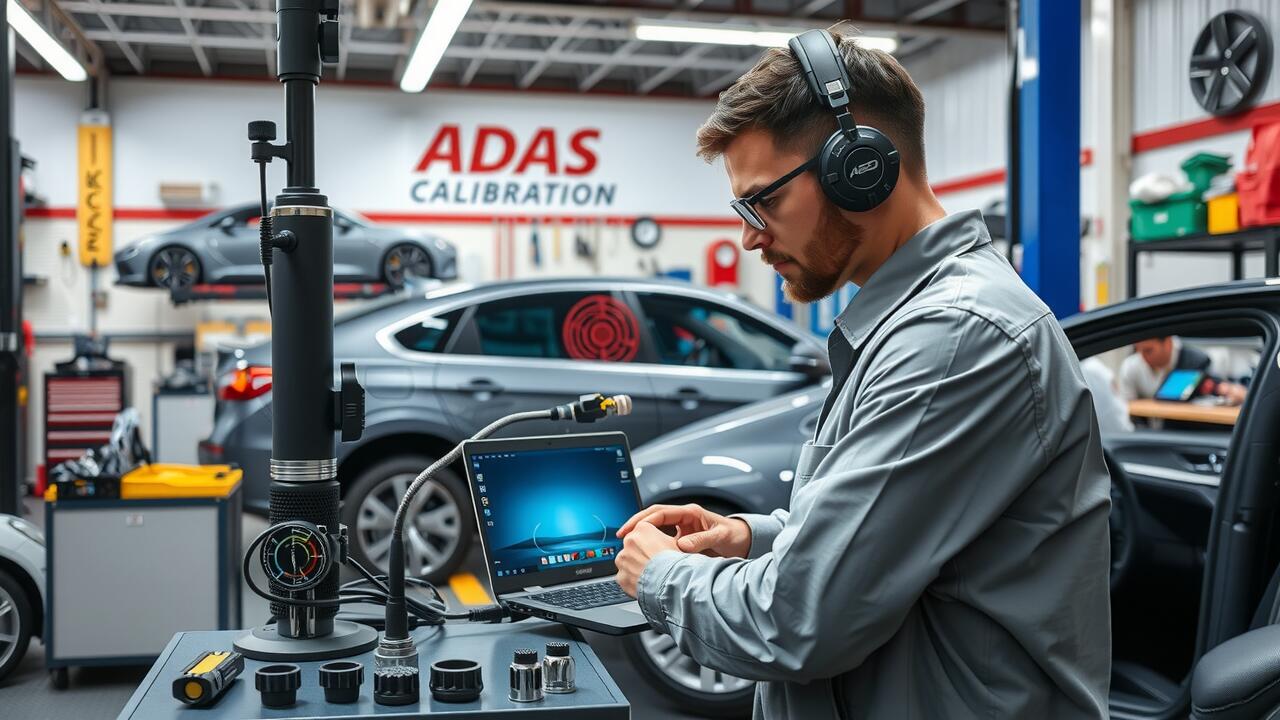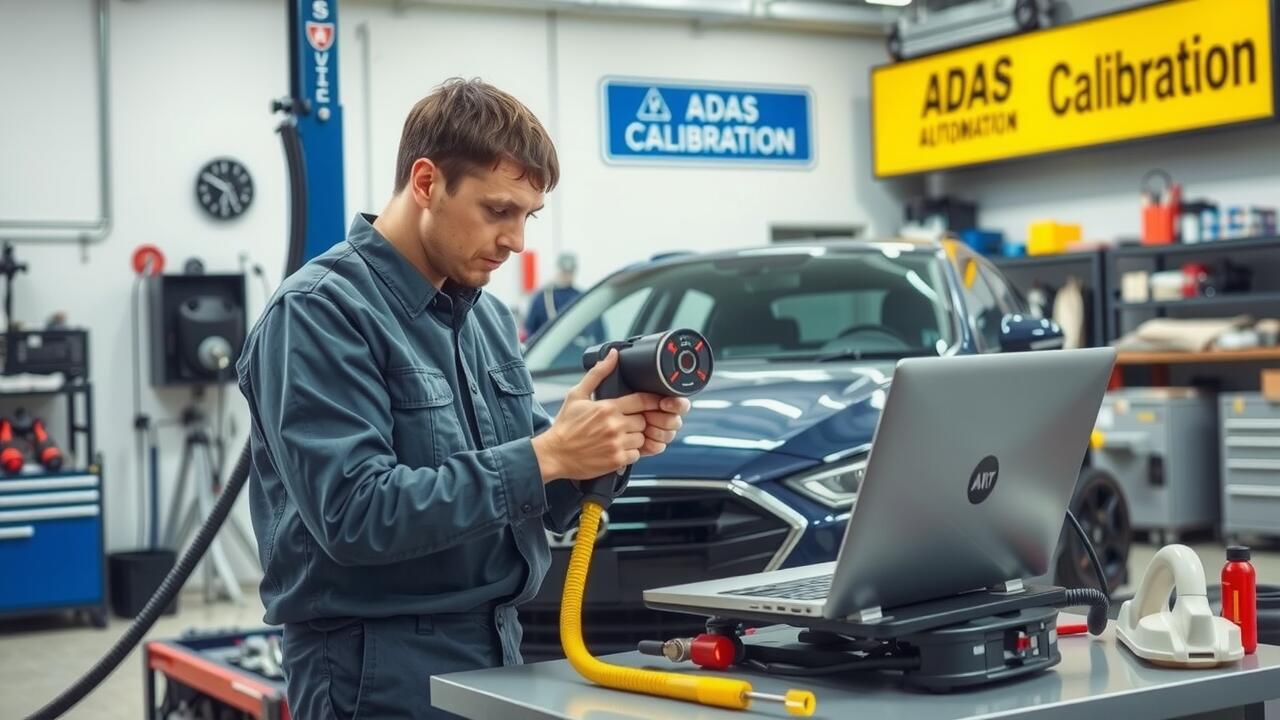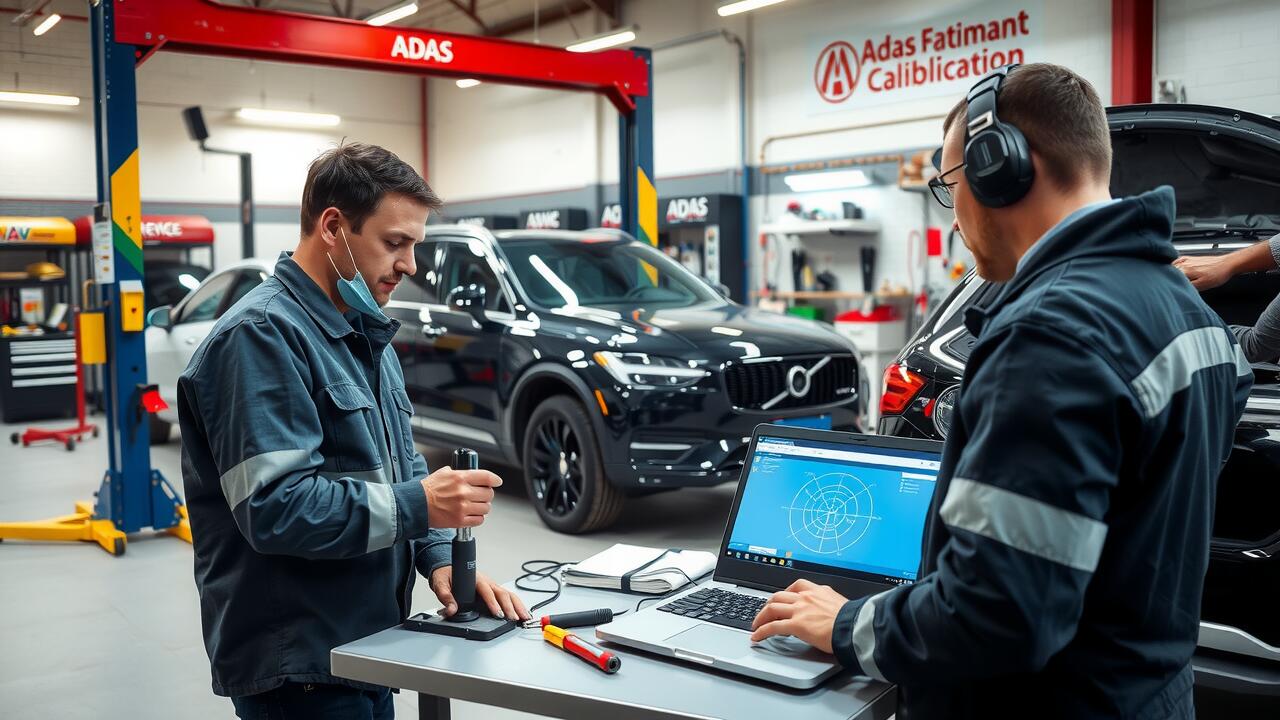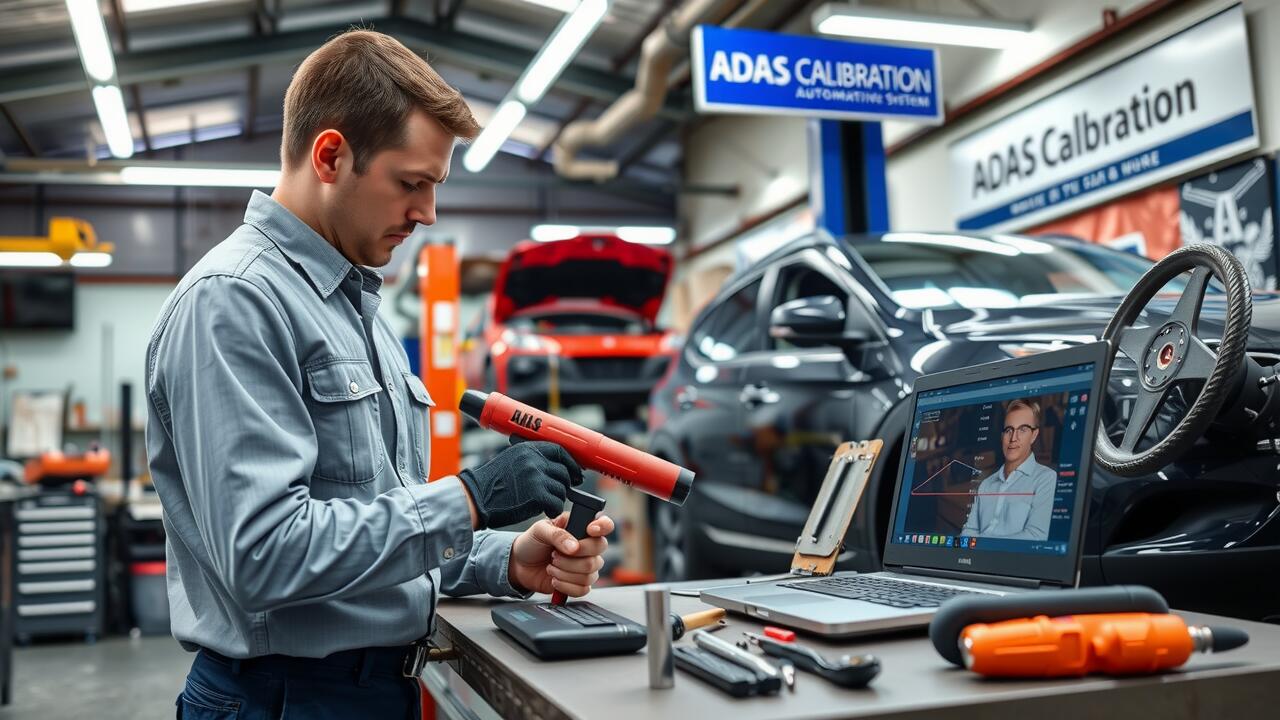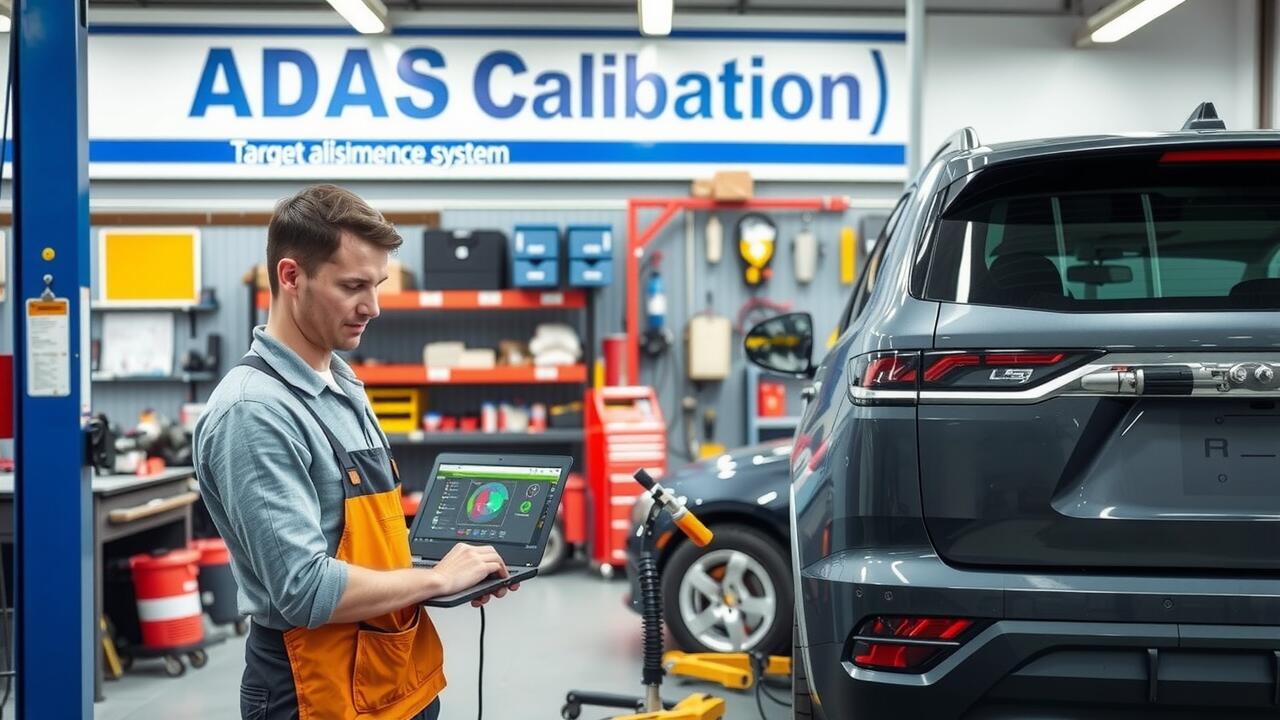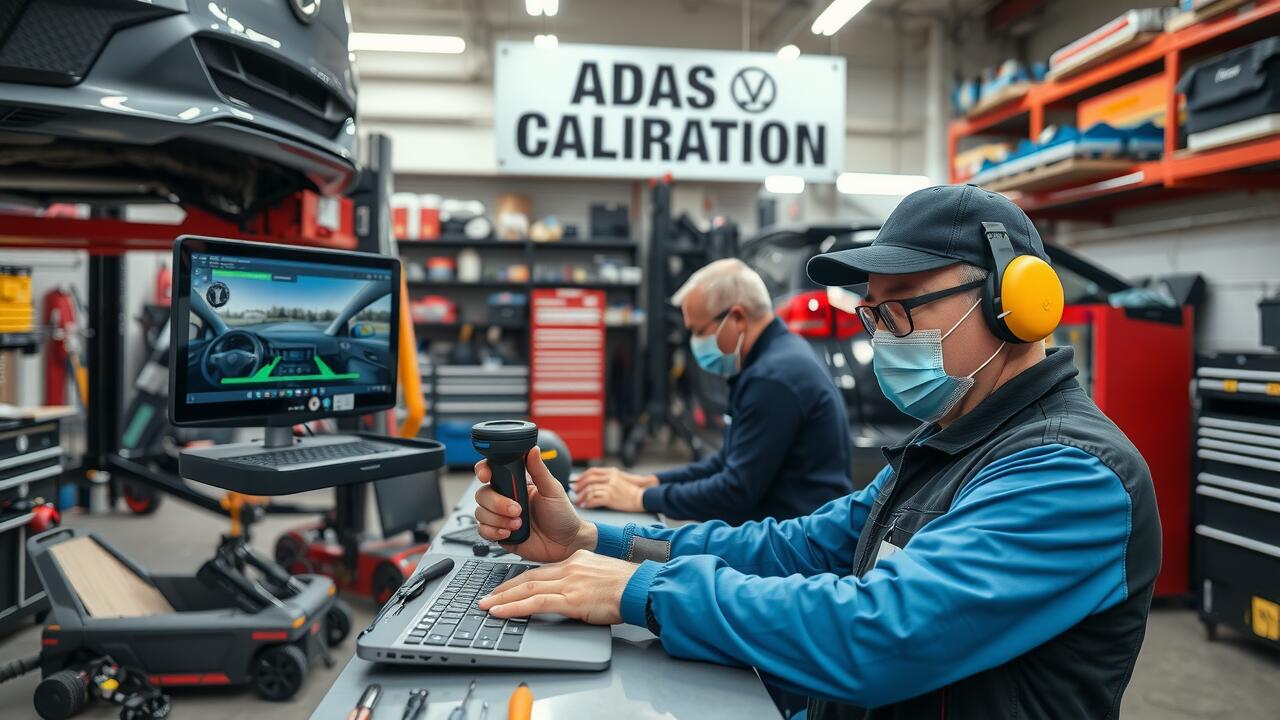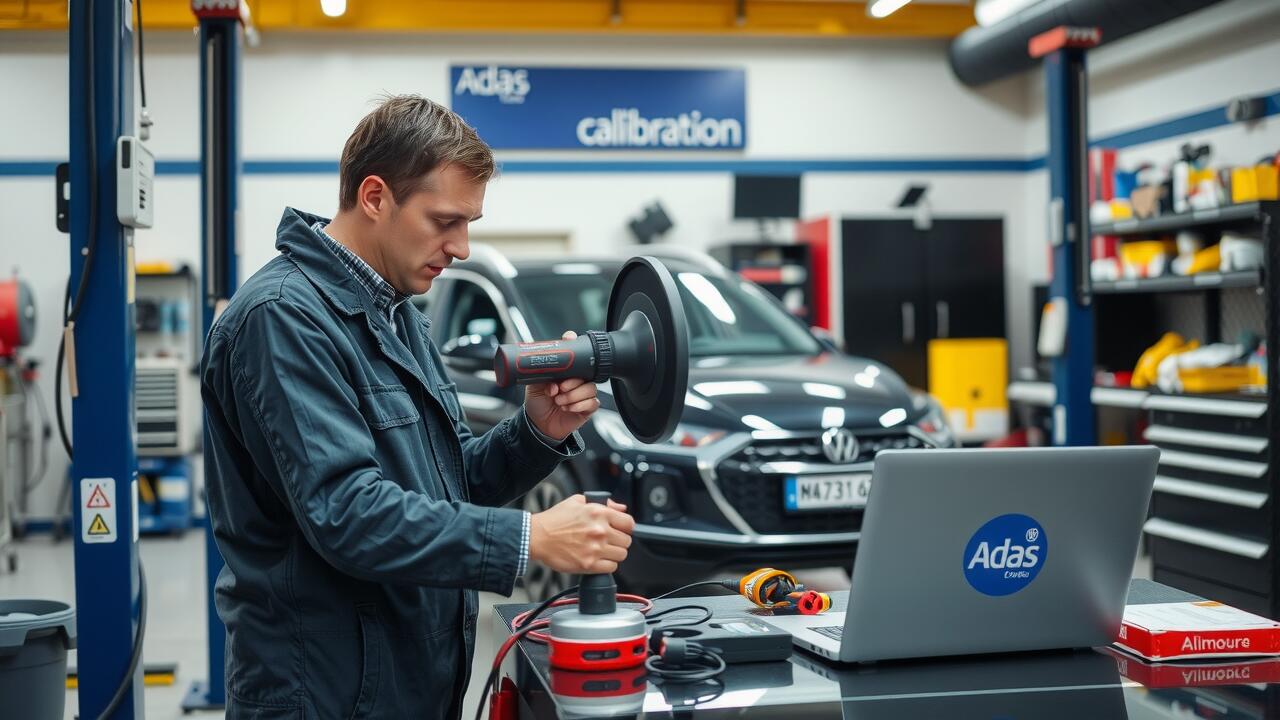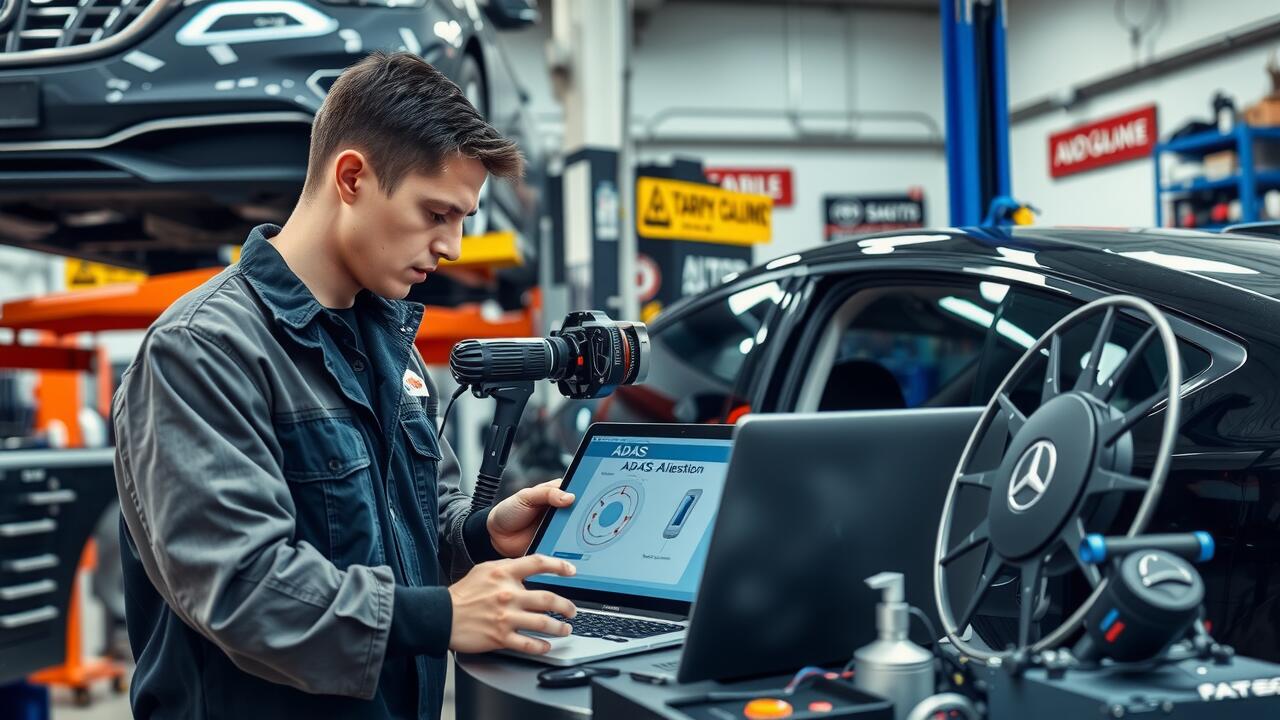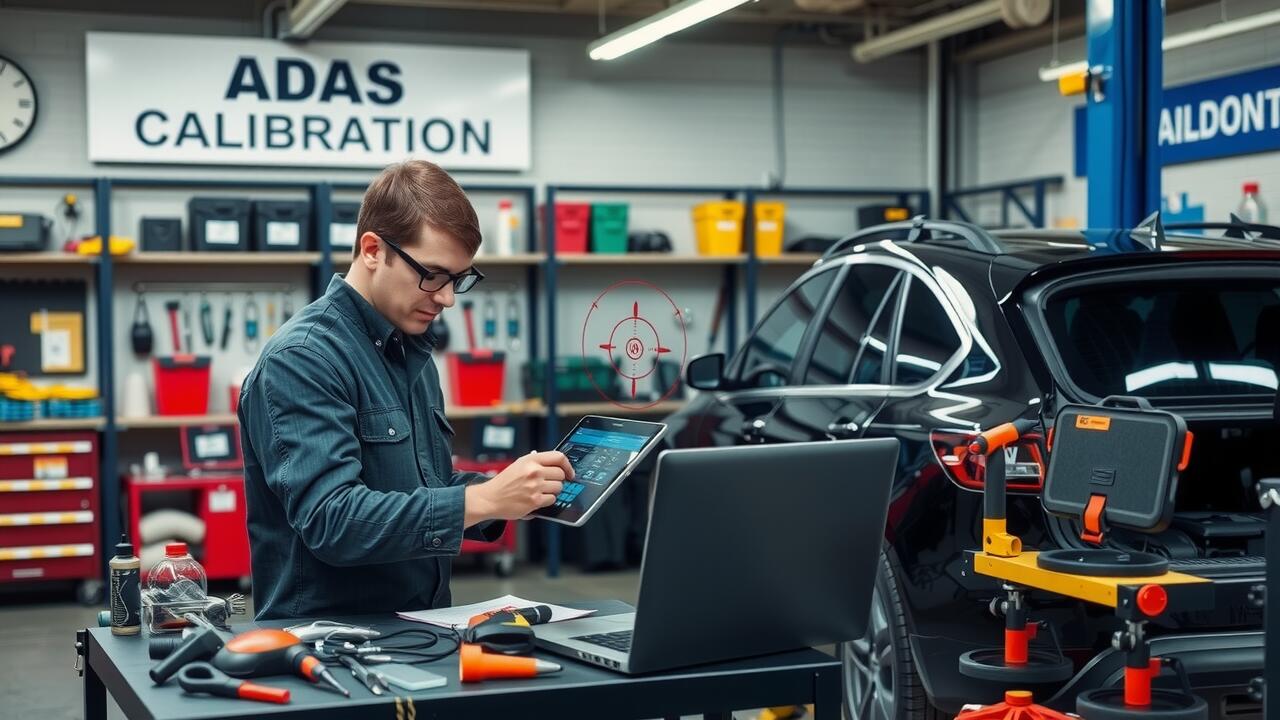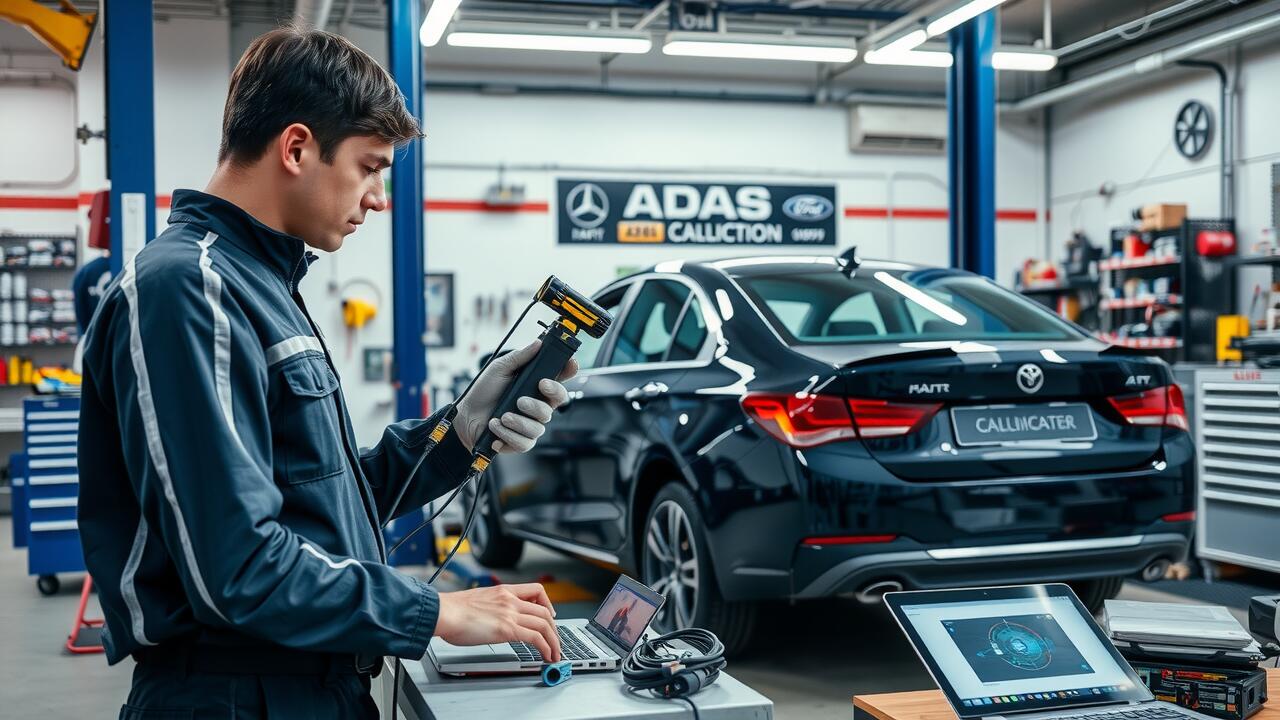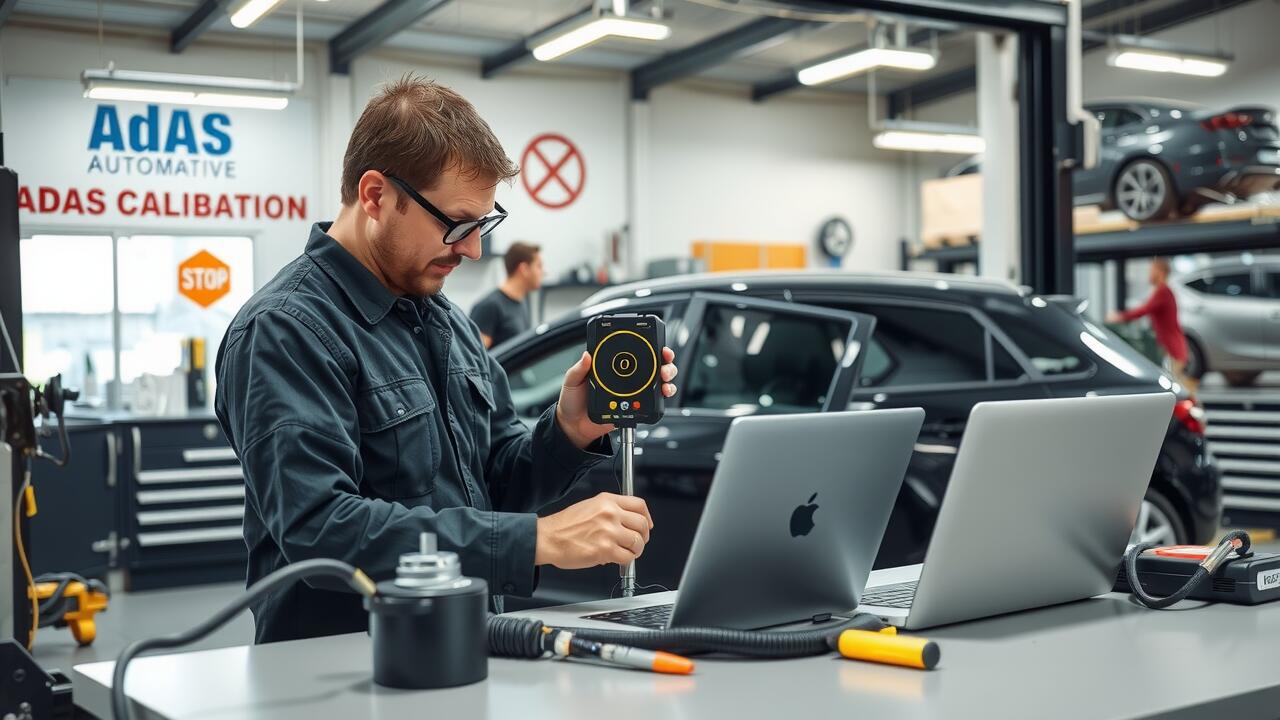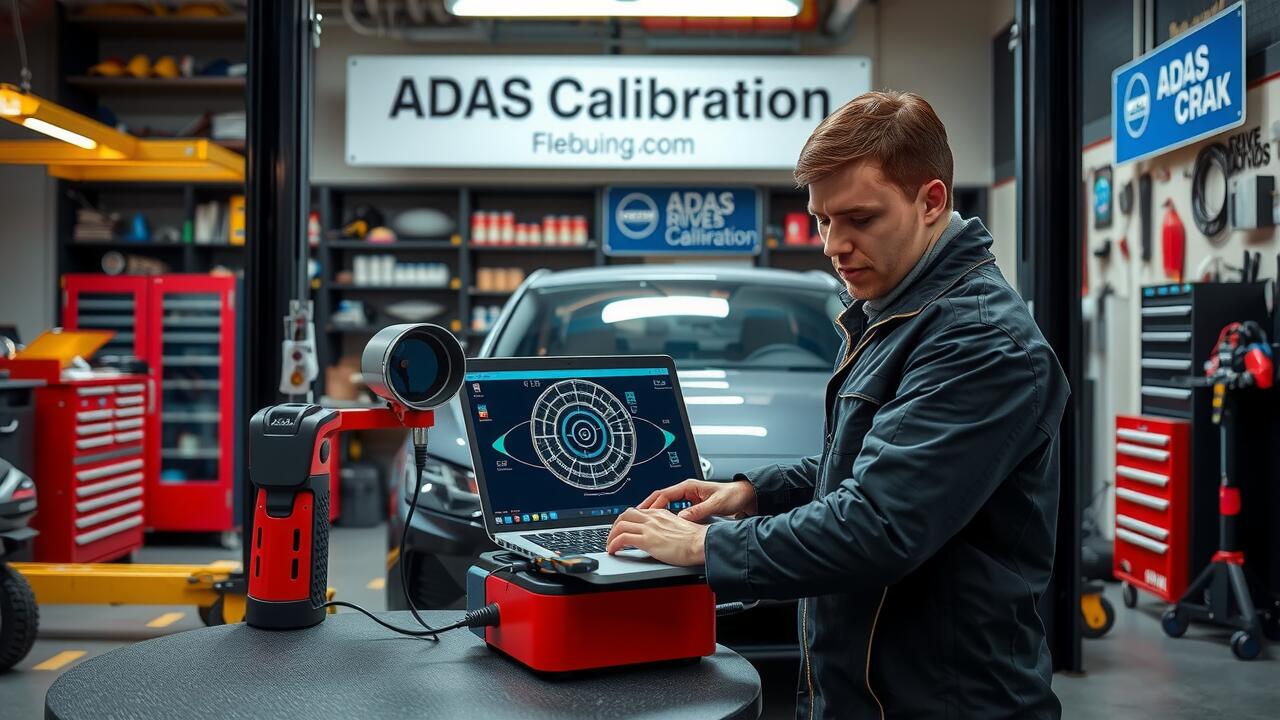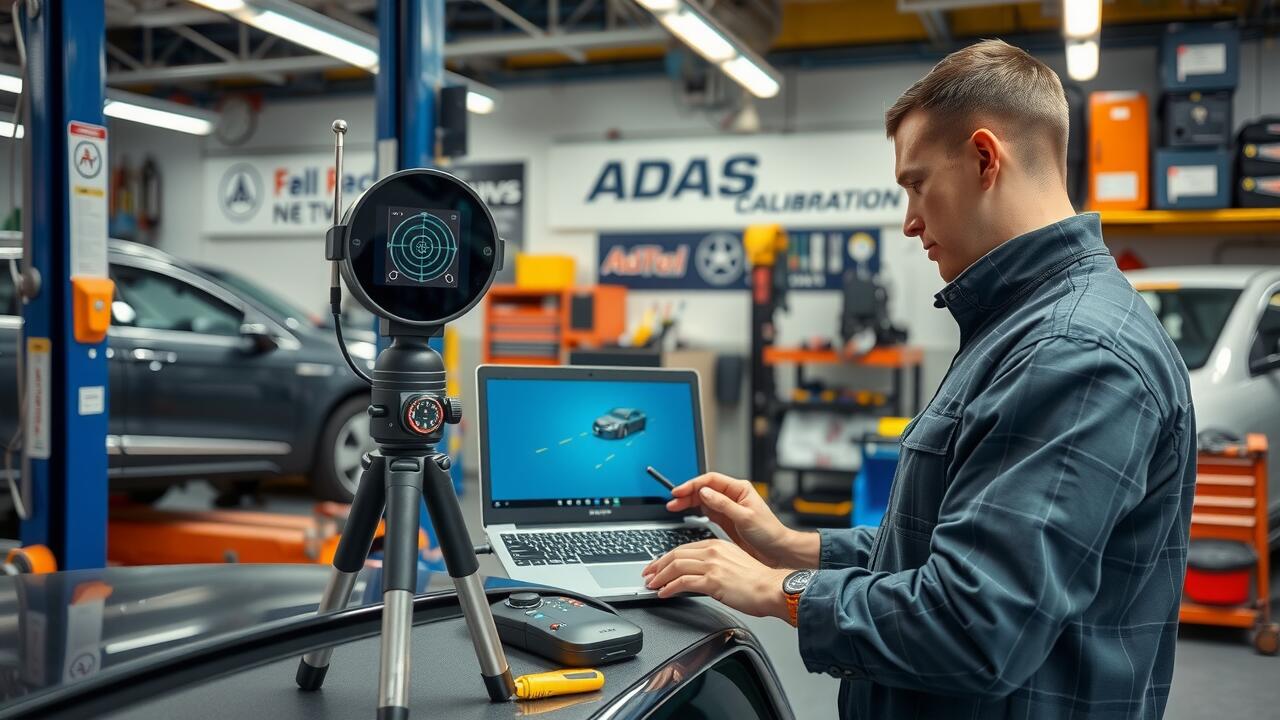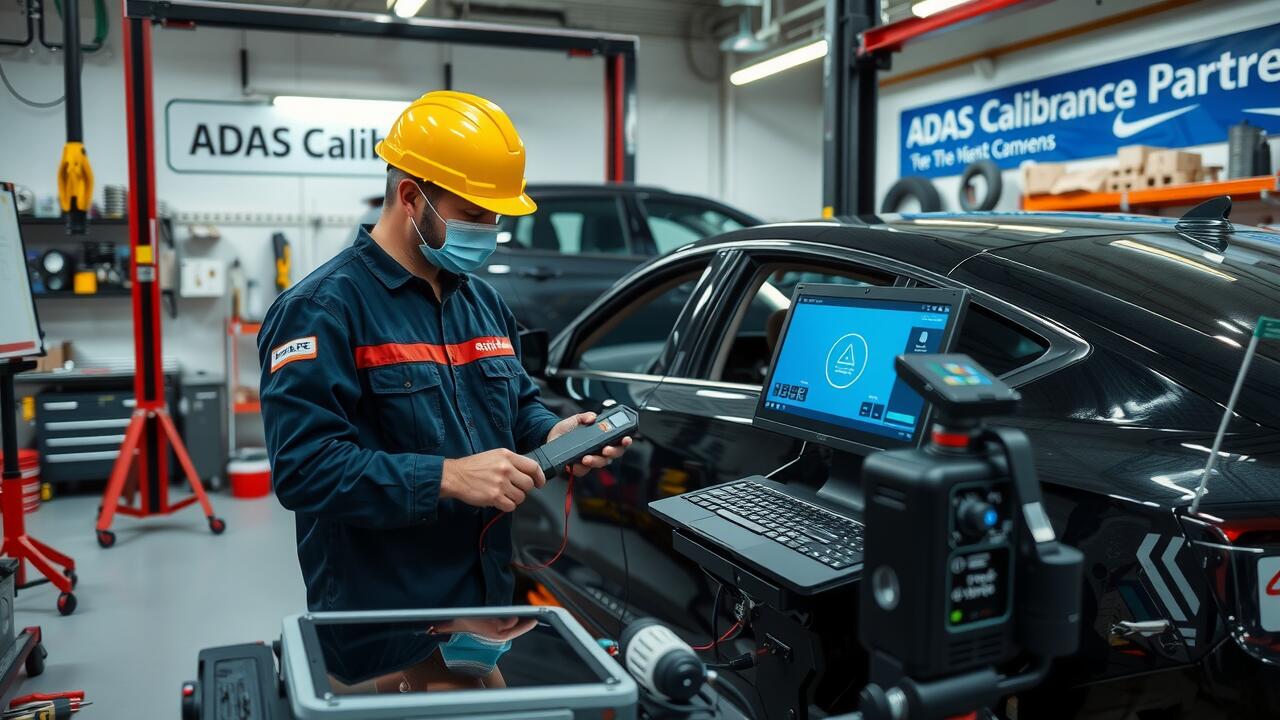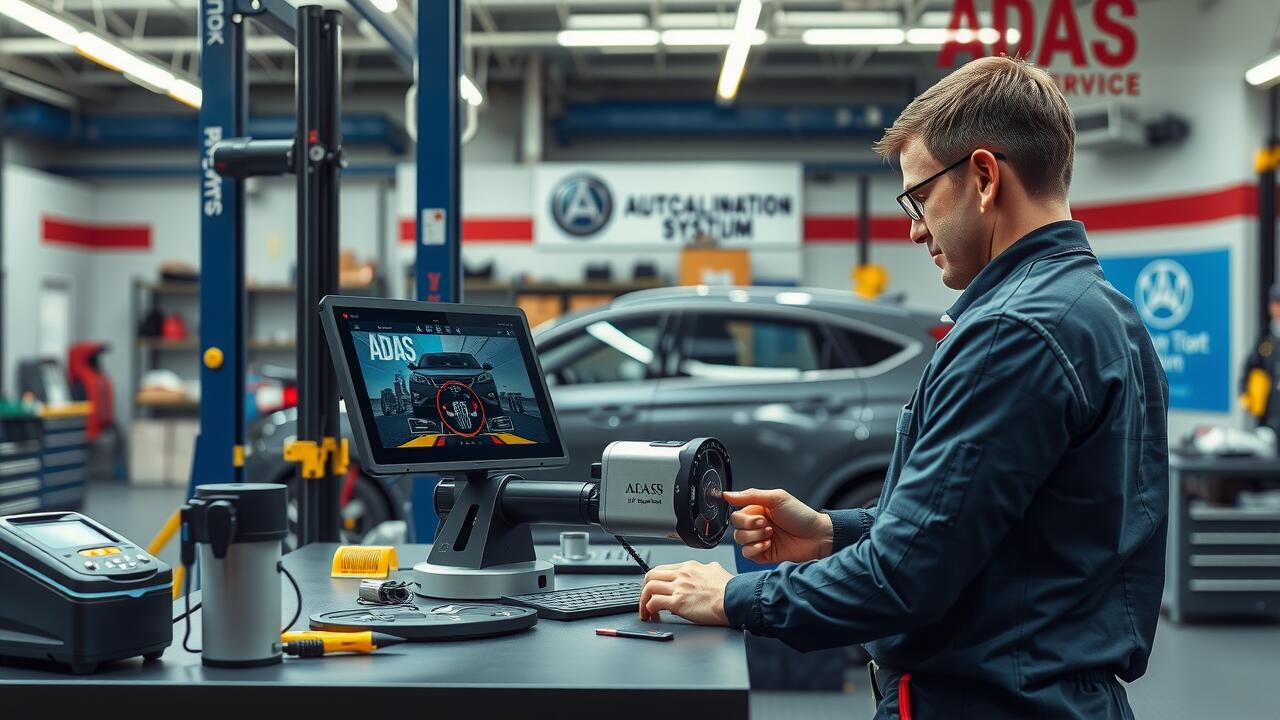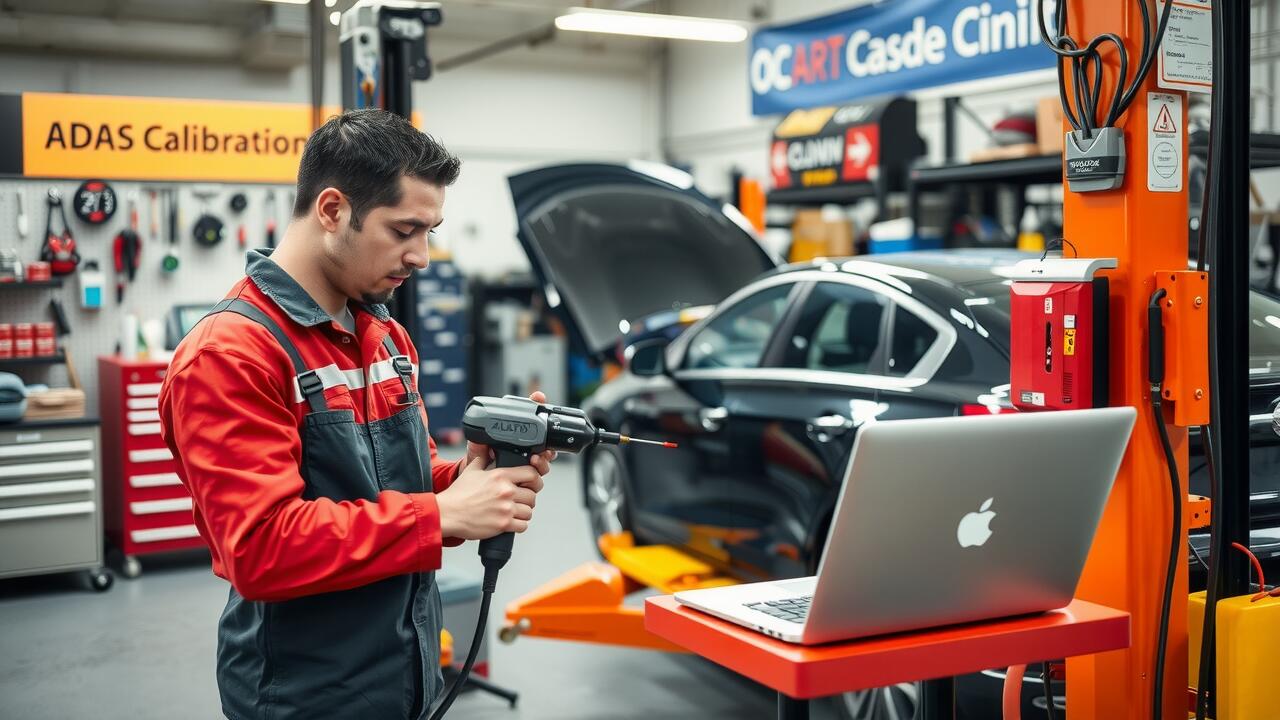
Table Of Contents
Potential for Over-automation
Advanced Driver Assistance Systems (ADAS) hold the promise of enhancing vehicle safety and operational efficiency, yet they also carry the risk of over-automation. As vehicles become increasingly reliant on these systems, drivers may find themselves disengaging from active vehicle control. This can lead to a false sense of security, where drivers might become complacent and fail to respond adequately in emergency situations. The reliance on technology can sometimes overshadow the fundamental skills required for safe driving.
The potential for over-automation also poses significant challenges during ADAS calibration services. Proper calibration is essential for ensuring systems work as intended, yet an over-reliance on automated functions may lead drivers to neglect necessary maintenance or updates. This lack of personal engagement can result in poorly calibrated systems, dangerously impacting vehicle performance. Striking a balance between automation and driver involvement is crucial to maintain safety and effectiveness on the road.
Loss of Driver Engagement
The introduction of Advanced Driver Assistance Systems (ADAS) aims to enhance safety and alleviate the stress of driving. However, one significant drawback is the potential for diminished driver engagement. When drivers begin to rely too heavily on these automated systems, there is a risk that they lose their vigilance and attentiveness to road conditions and surrounding vehicles. This disengagement can lead to an over-reliance on technology, reducing the driver's ability to respond effectively in critical situations.
Furthermore, the effectiveness of ADAS greatly depends on accurate calibration and functioning of the systems. Regular maintenance through ADAS calibration services is essential to ensure that these systems operate optimally. If drivers neglect this aspect, they may find themselves unequipped to take control of the vehicle in emergencies, further exacerbating the issue of disengagement. This reliance on technology could ultimately undermine the skills that drivers need to navigate complex driving environments safely.
Compatibility Issues with Older Vehicles
The integration of Advanced Driver-Assistance Systems (ADAS) with older vehicles presents significant obstacles. Many of these vehicles were designed without the advanced technologies that modern ADAS relies on. Retrofitting such systems can require extensive modifications, making it both complex and costly for vehicle owners. Furthermore, older vehicles may not possess the necessary hardware or software compatibility, which could hinder the effectiveness of the ADAS technology.
ADAS calibration services play a vital role in addressing these compatibility issues. These services ensure that newly installed systems function correctly with existing vehicle components, maintaining safety standards. However, finding qualified technicians and appropriate resources for older models can pose additional challenges. This situation can result in a disparity in safety levels between new and older vehicles, raising concerns about the overall efficacy of ADAS in mixed-age fleets.
Integration Challenges with Legacy Systems
Integrating Advanced Driver Assistance Systems (ADAS) with older vehicle models poses significant challenges. Many legacy systems were not designed to accommodate modern technologies, leading to difficulties in ensuring compatibility. Vehicle manufacturers often use proprietary technologies, which complicates the integration process. This lack of standardisation can create significant hurdles for service providers aiming to maintain or upgrade older vehicles with ADAS features.
Furthermore, ADAS calibration services are essential for the effective functioning of these systems after installation. However, the absence of compatible interfaces in older vehicles can make calibration a complex endeavour. Technicians may struggle to access necessary diagnostic tools or software needed for accurate calibration, resulting in suboptimal system performance. This gap not only impedes the adoption of new technologies but also raises concerns regarding safety and reliability in older vehicles equipped with ADAS.
Regulatory and Legal Challenges
The introduction of Advanced Driver Assistance Systems (ADAS) has prompted a reevaluation of regulatory frameworks governing automotive safety. Current laws often lag behind technological advancements, leading to ambiguities regarding the legality of ADAS implementations. These systems, which rely heavily on software and sensor data, necessitate rigorous regulatory standards to ensure they operate safely and effectively across various environments. This regulatory gap can complicate the deployment of ADAS in vehicles, as manufacturers navigate differing requirements across countries and regions.
Legal challenges also emerge when it comes to liability in accidents involving vehicles equipped with ADAS. The question of responsibility becomes murky when an ADAS malfunctions or fails to perform as intended. As a result, insurance companies, manufacturers, and consumers grapple with unclear liability issues, making it imperative for clear regulations to delineate responsibilities. Proper ADAS calibration services become essential, ensuring that systems are functioning optimally and reducing the risk of accidents related to technical failures.
Unclear Liability in Accidents
The introduction of Advanced Driver Assistance Systems (ADAS) has brought about concerns regarding liability in the event of accidents. When a collision occurs involving vehicles equipped with these systems, determining fault can be complicated. Questions arise about whether the technology malfunctioned, if the driver failed to intervene when necessary, or if both factors contributed to the incident. As ADAS becomes more prevalent, legal frameworks struggle to keep pace, leaving a grey area around accountability.
Additionally, issues surrounding ADAS calibration services further complicate liability matters. Proper calibration is crucial for the effectiveness of these systems. If a vehicle is involved in an accident and it is found that the ADAS was not correctly calibrated, this may lead to disputes over whether the failure of the system played a critical role. Such scenarios highlight the need for clear guidelines in both the automotive industry and legal systems to address the implications of advanced technology on driver responsibility.
FAQS
What does ADAS stand for?
ADAS stands for Advanced Driver Assistance Systems, which are technologies designed to enhance vehicle safety and improve driving experiences.
How does over-automation in ADAS systems affect drivers?
Over-automation can lead to a decrease in driver engagement and attentiveness, making drivers overly reliant on technology and less prepared to take control of the vehicle when necessary.
Are older vehicles compatible with ADAS technology?
No, older vehicles may not be compatible with ADAS technology, as these systems often require specific hardware and software that are only available in newer models.
What are some integration challenges associated with introducing ADAS in existing vehicle fleets?
Integration challenges can include technical compatibility with legacy systems, the need for significant upgrades, and potential disruptions during the installation process.
Who is held liable in accidents involving ADAS?
Liability in accidents involving ADAS can be unclear, as it may depend on various factors, including whether the driver or the technology was at fault, creating complex legal challenges.
